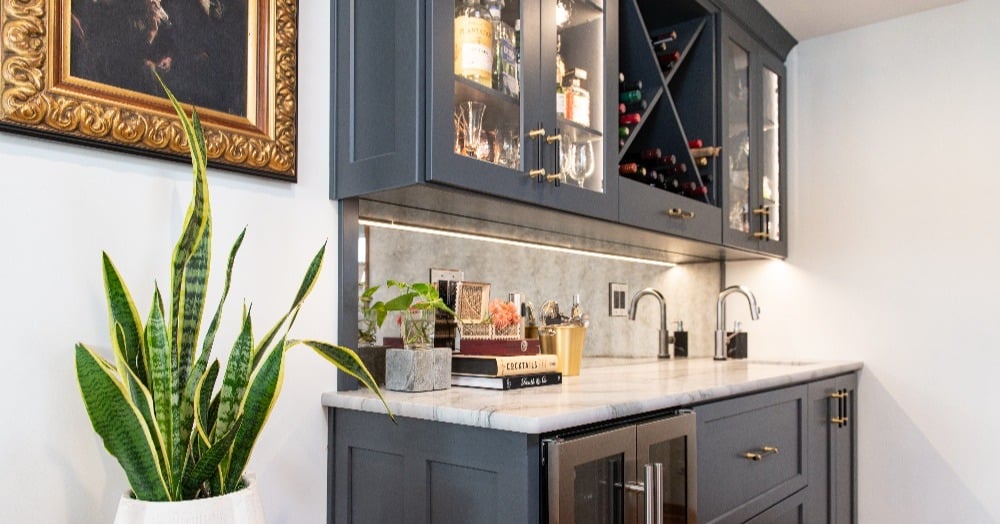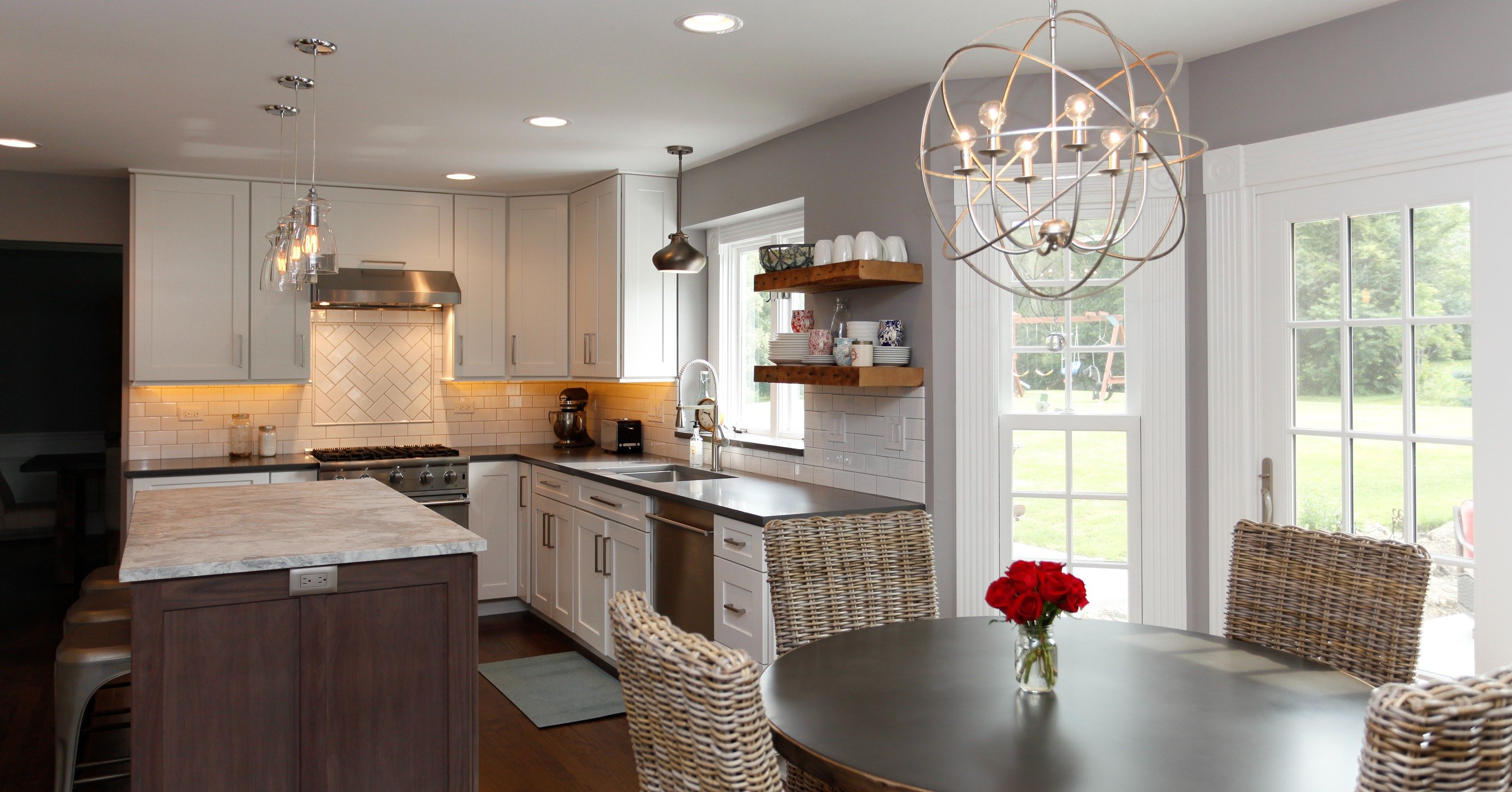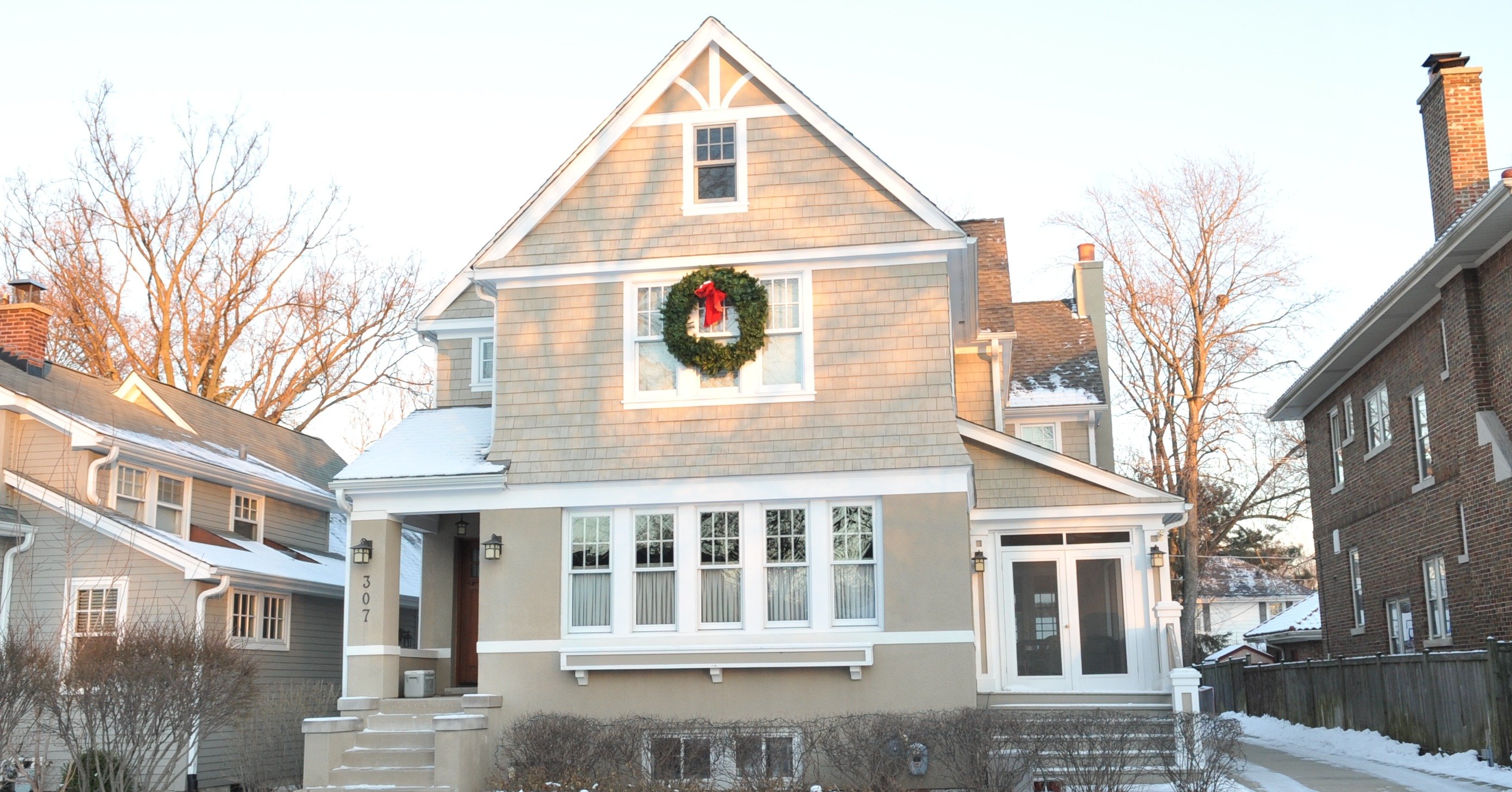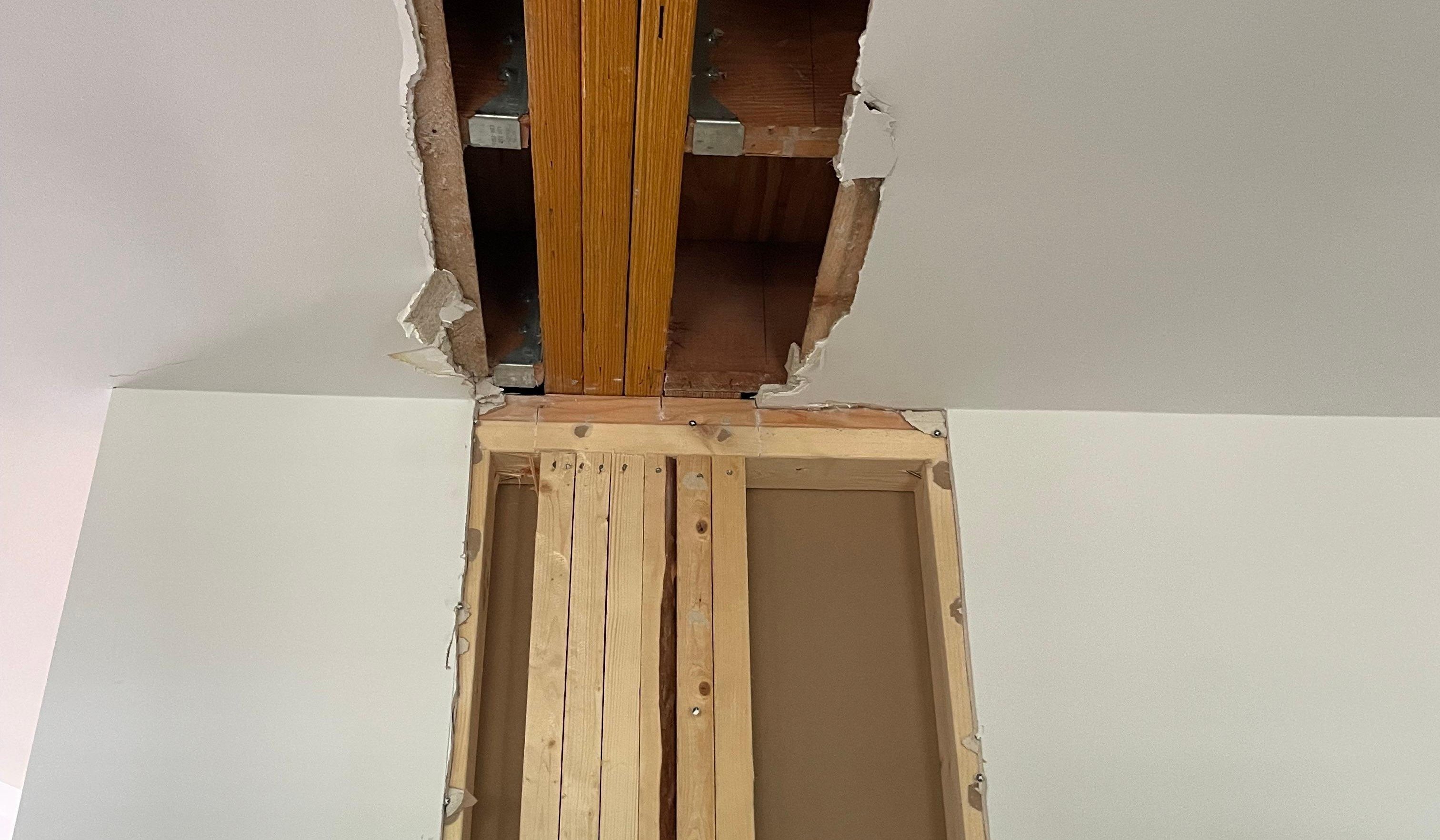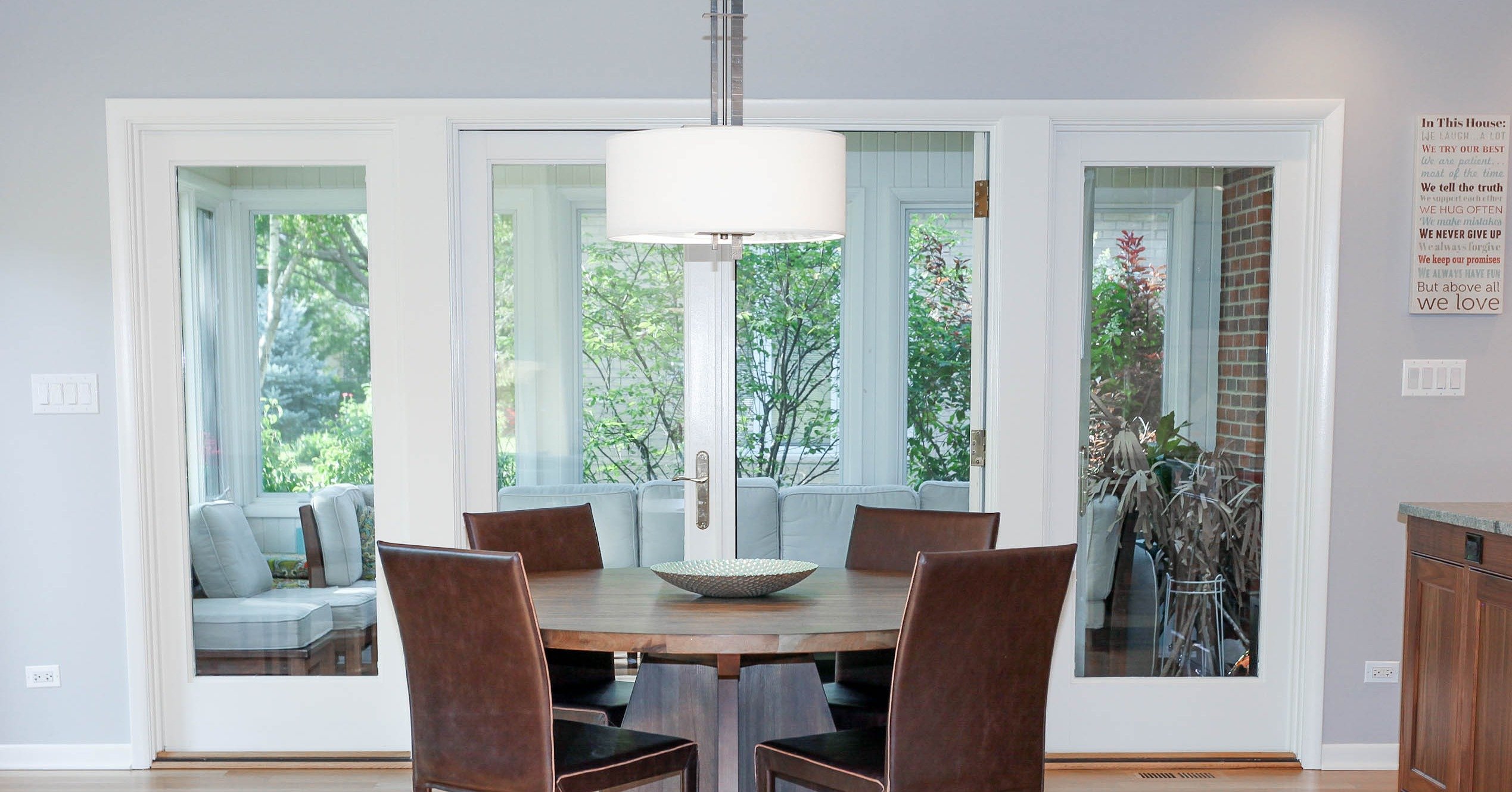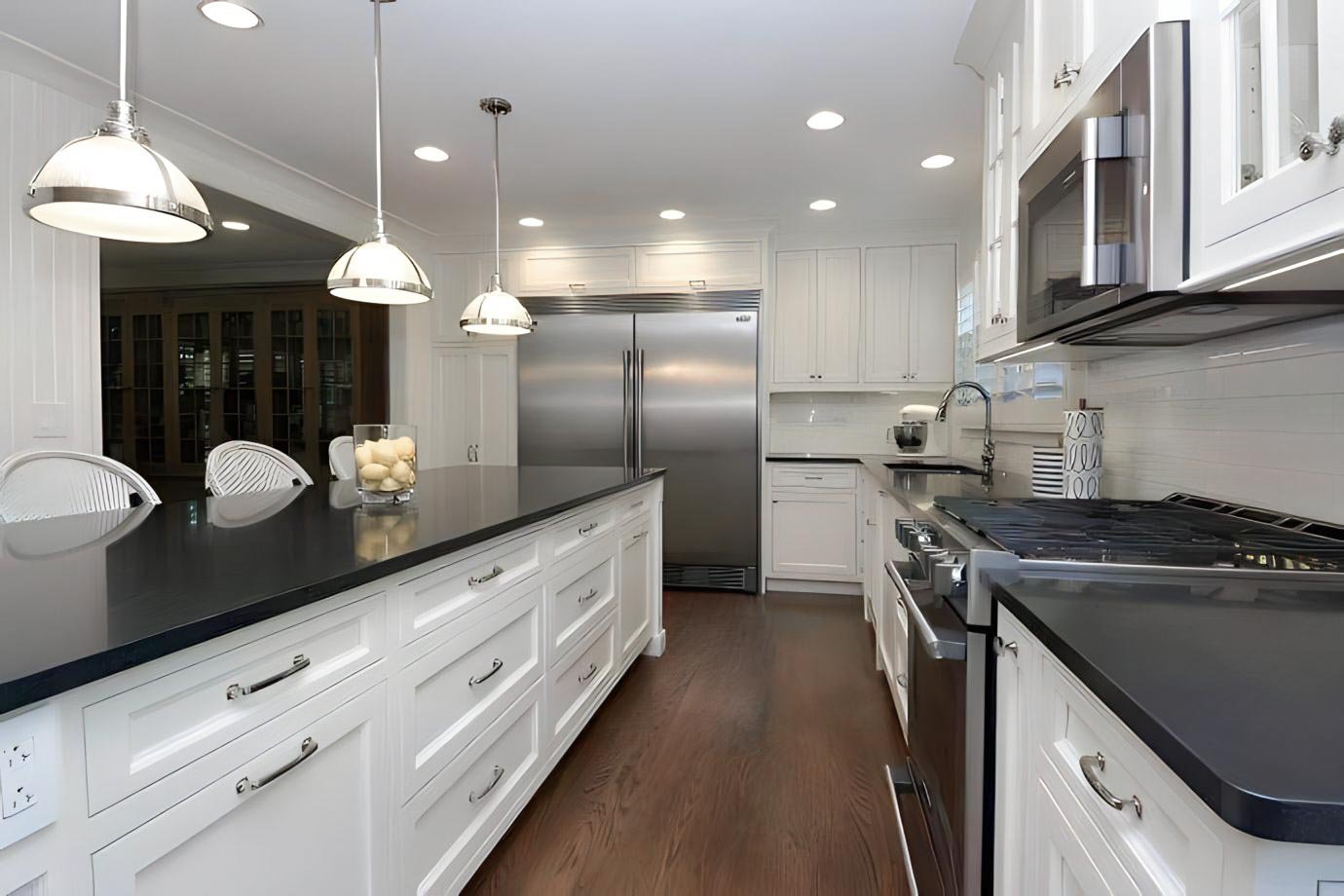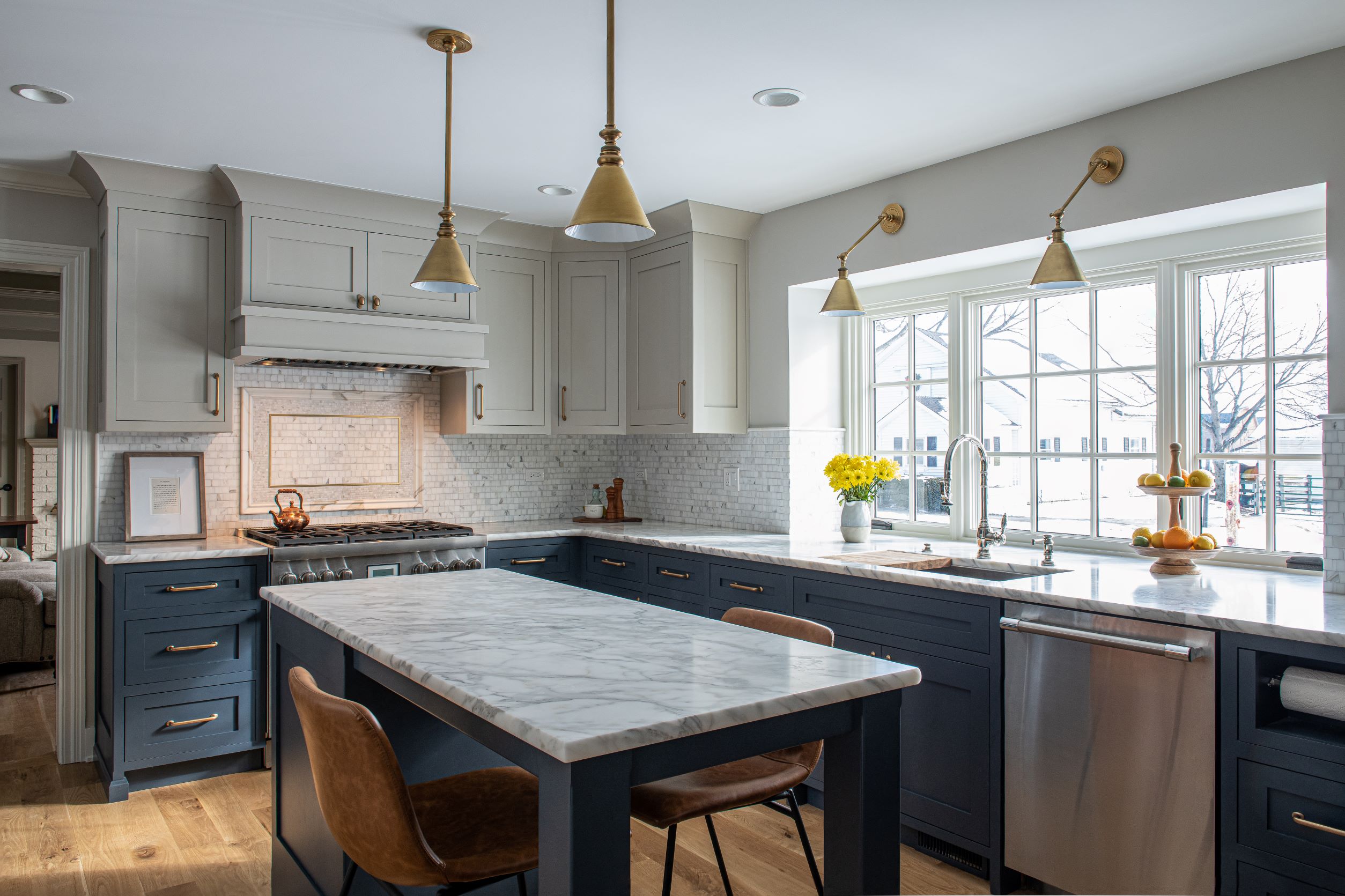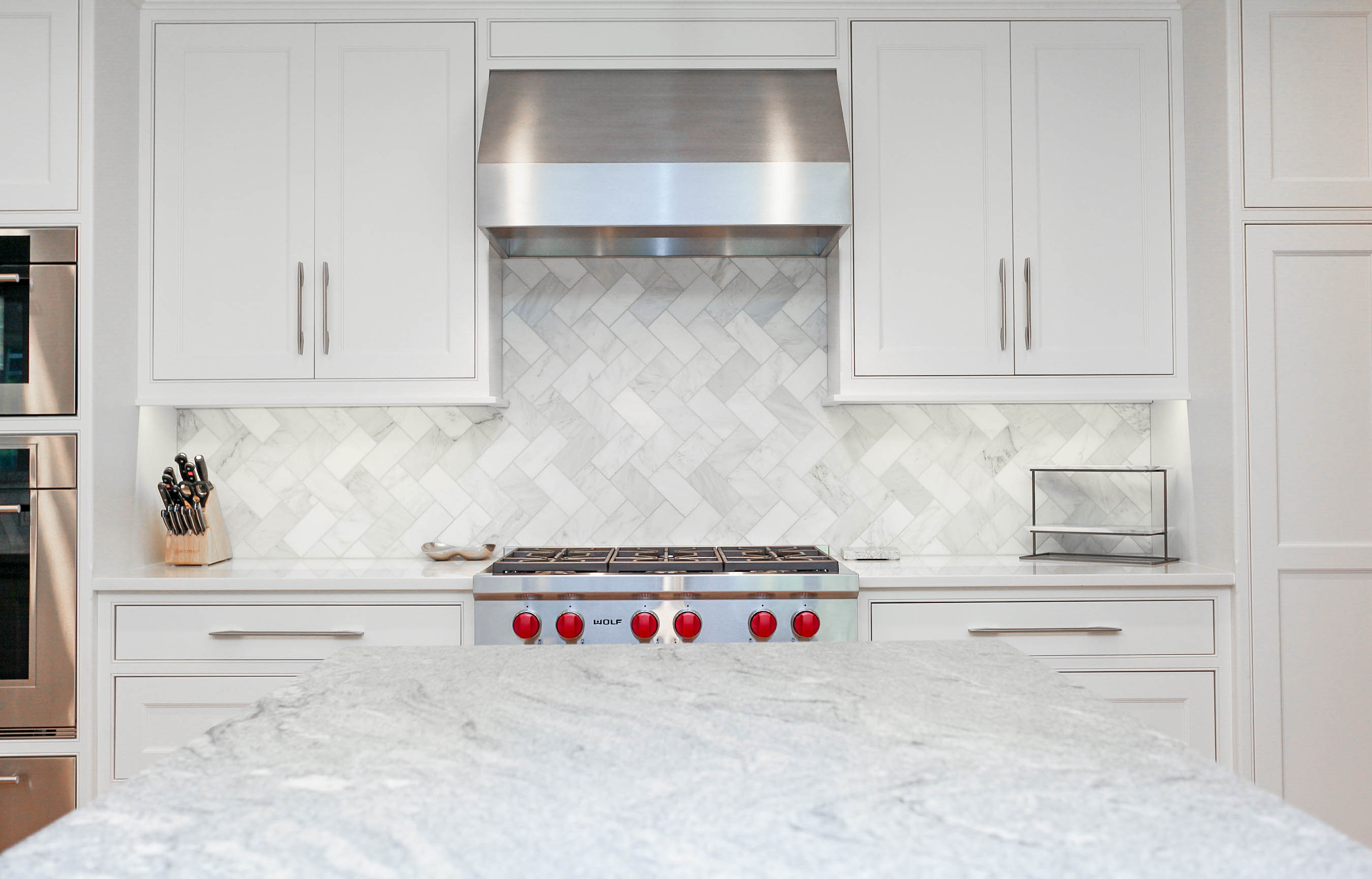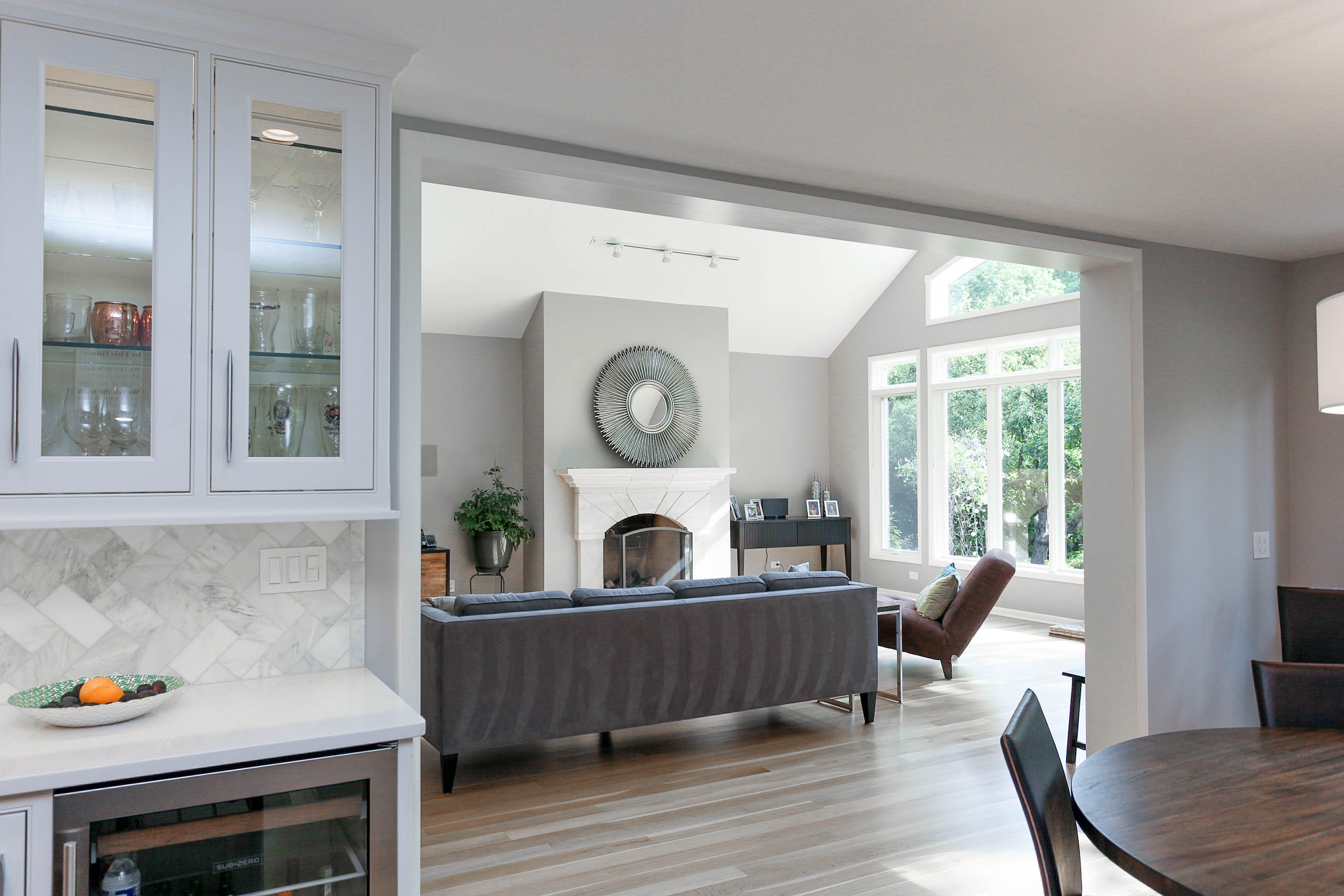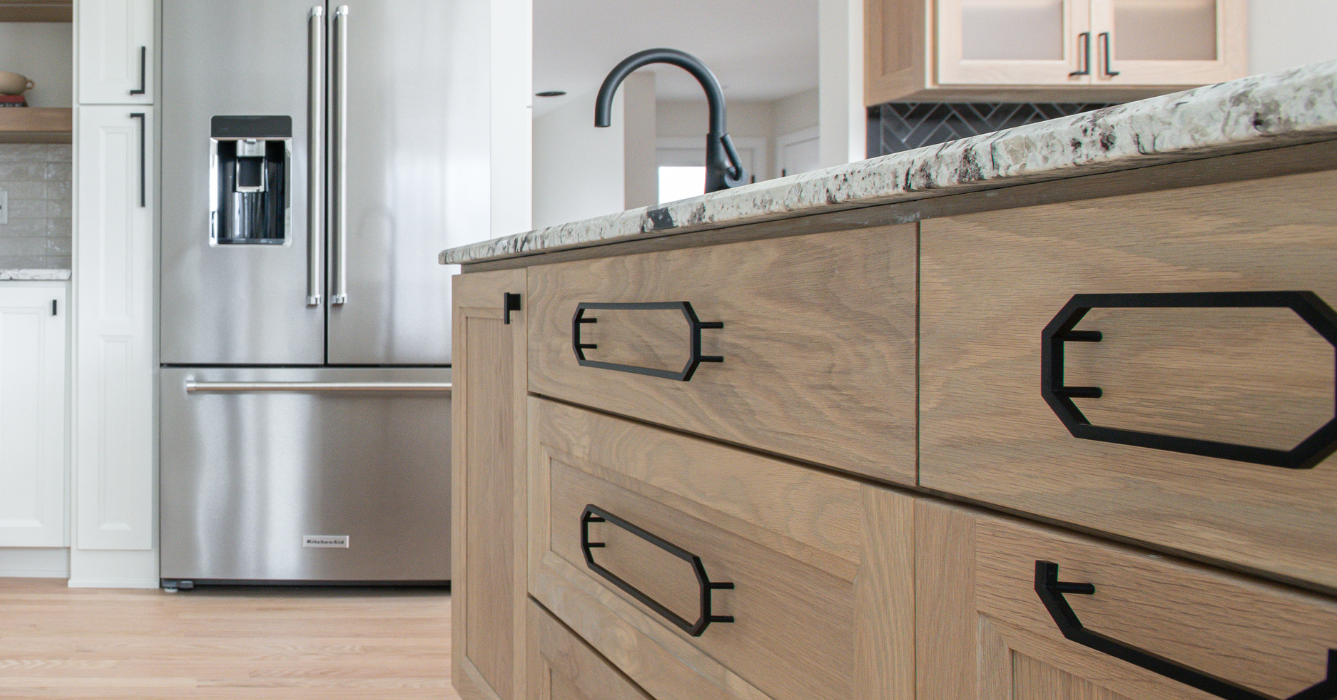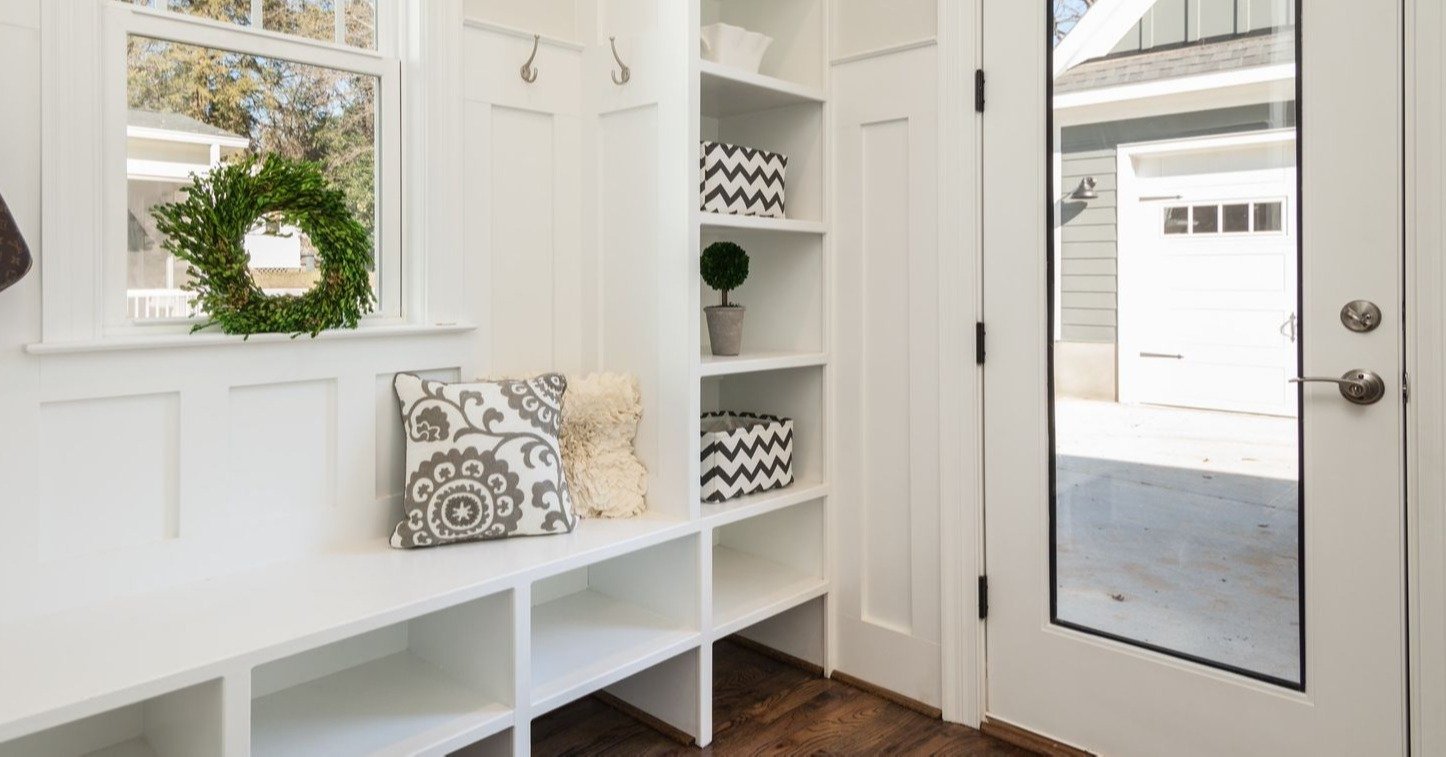How to Renovate a House While Living in It: Surviving Home Renovations
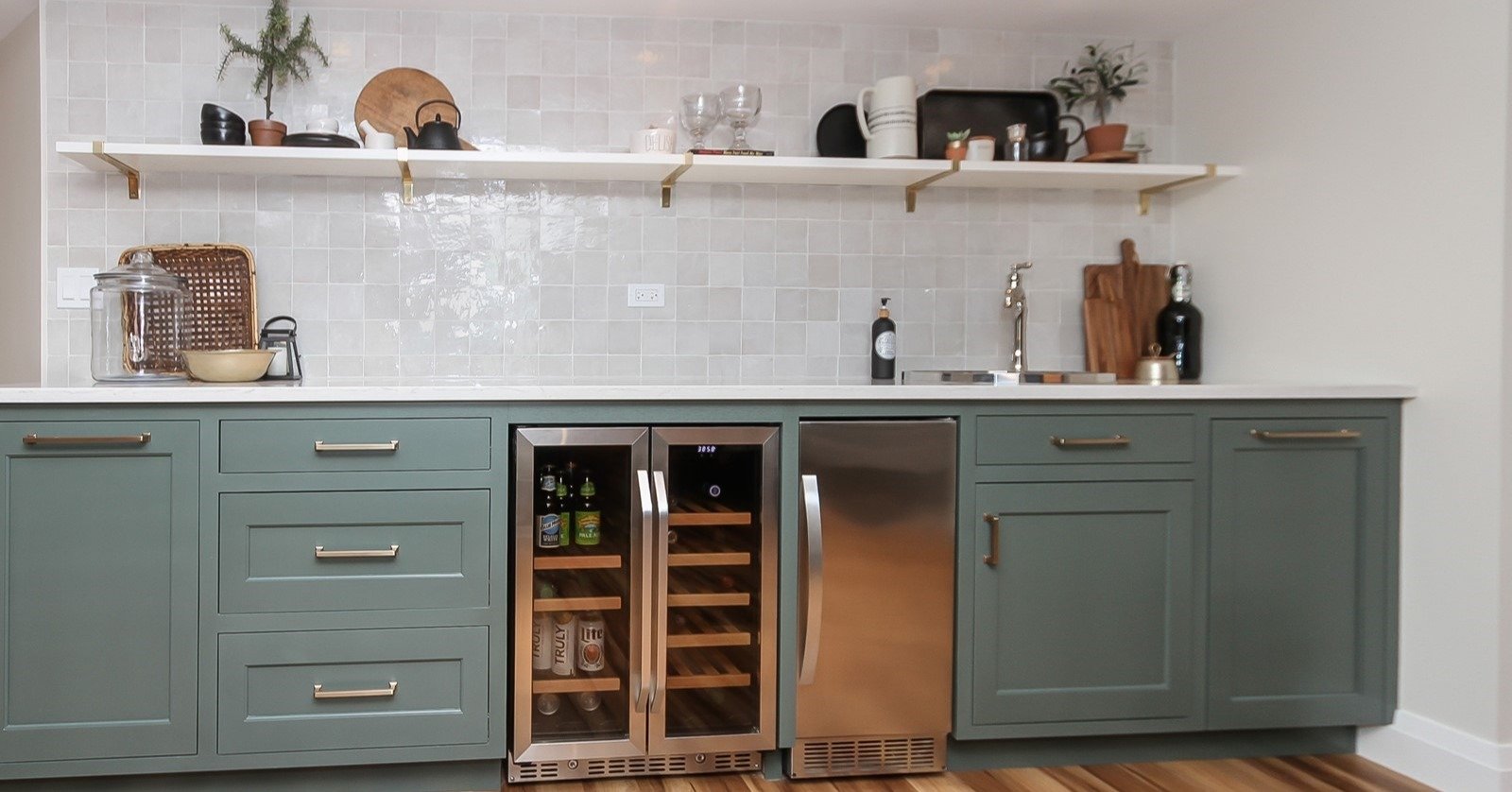
Are you considering renovating your house but dreading the chaos and disruption it might bring to your everyday life? Don't worry; you're not alone! Renovating a house while living in it can be daunting, but it can also be an exciting and rewarding experience with the right strategies and mindset.
This guide will explore practical tips and tricks to help you survive home renovations without losing your sanity. From creating a detailed plan and establishing a temporary living space to staying organized, we've got you covered. So, whether tackling a small bathroom makeover or embarking on a full-scale home transformation, get ready to navigate the renovation journey easily.
With our professional advice, you won't just survive the process but also wind up with a perfectly renovated home you can be proud of.
Should You Stay in Your House During Renovation?
This is a question that many homeowners grapple with when embarking on a home improvement project—the answer is absolutely! Staying in your house during renovation can have practical and financial benefits.
Staying in your house during renovation can save you money. Renting a temporary living space can be costly, and the expenses can quickly add up. By staying in your home, you eliminate the need for these additional expenses, allowing you to allocate your budget toward other aspects of the renovation. However, it is crucial to allocate time for breaks for both you and your family members to maintain your sanity during the home remodeling project.
Home remodeling can be stressful and disruptive if not planned correctly, taking a toll on your mental health. That’s why it’s critical to set aside designated times to relax and recharge, whether that’s walking outside or enjoying a quiet evening away from the construction zone.
One key factor in ensuring a smooth experience while staying in your house during renovation is working with a design-build contractor who has a well-thought-out plan and a clear roadmap. This will give you a comprehensive understanding of what to anticipate throughout the house renovation process. A skilled and experienced contractor will be able to minimize disruptions and complete the home renovation efficiently, keeping the project on track and reducing any inconveniences to you and your family.
Staying in your house during renovation requires careful planning and consideration. By allocating time for breaks, working with a reputable contractor, and taking care of your mental well-being, you can successfully navigate the renovation process while remaining in the comfort of your own home.
1. Plan, Plan, and Plan Some More!
Choose a design-build contractor who uses project management software. At Patrick A. Finn, we use Co-Construct, a project management software that enables clients to easily view the schedule and stay updated on the job site's progress through a message board. It offers features like a daily project log and photo documentation, ensuring transparency and facilitating smooth communication. If you decide to take a vacation during your remodel, it’s nice to have the ability to keep an eye on the project while you’re away. Lifetime access to Co-Construct allows clients to seek information about their future interior design choices, warranty details, and paint color references.
A reliable contractor understands the importance of documenting rough-ins such as plumbing, electrical, and HVAC runs before covering them with insulation and drywall. This information is then stored in the project management software, serving as a valuable reference for future renovation projects.
Having access to a clearly defined calendar and schedule minimizes the chances of construction workers arriving unexpectedly while still in your bathrobe. It sets expectations, promotes transparency, and eliminates uncertainty throughout construction.
Another key part of choosing the right design-build contractor is choosing one with experienced project management staff.
A reputable contractor will have a dedicated project management staff working closely with the construction crew daily, ensuring effective coordination and smooth workflow.
To provide convenience for homeowners, a lockbox can be used to grant access to the property, eliminating the need for them to be present during the completion of the work.
Additionally, a good general contractor will schedule particularly disruptive or noisy tasks when you are away from home or on vacation, minimizing inconvenience and disruption to your daily routine. It’s important to communicate with your contractor the dates you plan on leaving ahead of time so they can schedule this.
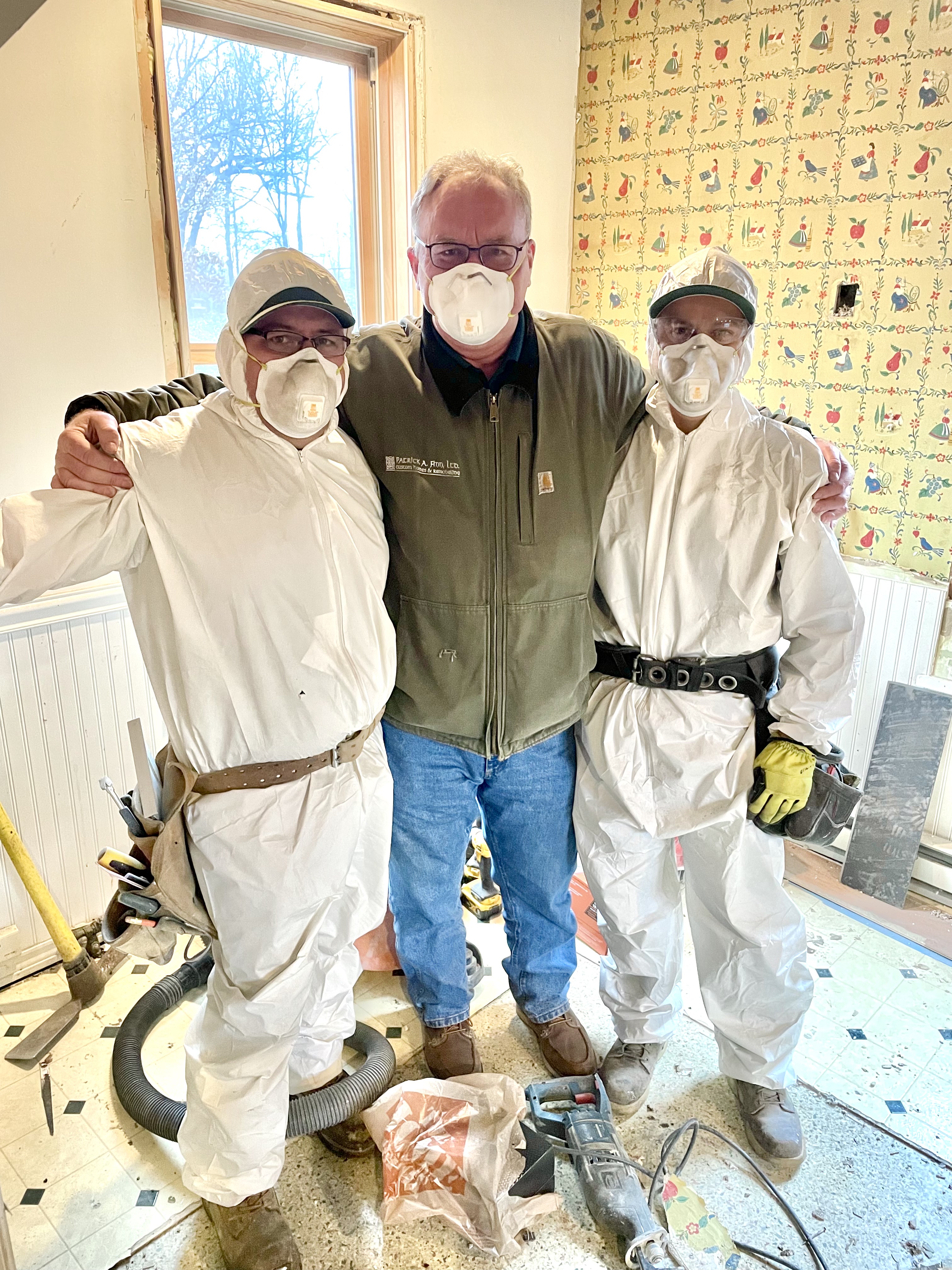
2. Designate Areas Within Your Home for Construction Zones and Living Areas
A reputable design-build contractor will take thorough measures to isolate the area being remodeled. Patrick A. Finn utilizes a zip wall consisting of plastic sheets and a plastic door with a zipper to create temporary doorways for easy access. This is an excellent solution for preventing dust and debris from entering other parts of the home that are not being renovated.
Additionally, Patrick A. Finn uses stilts to hold up the plastic, minimizing the need for excessive painter's tape and preventing any potential damage to the ceiling.
Before any work is started, removing all items from the designated space is essential. We suggest a mobile storage pod to store belongings during the renovation to ensure a smooth remodeling process.
Specific measures should be taken to protect different types of flooring. Patrick A. Finn safeguards wood floors using paper and masonite, while carpeted floors are covered with heavy-duty plastic.
A reputable contractor prioritizes the preservation of existing finishes, flooring, and other elements, making the remodeling process as minimally invasive as possible.
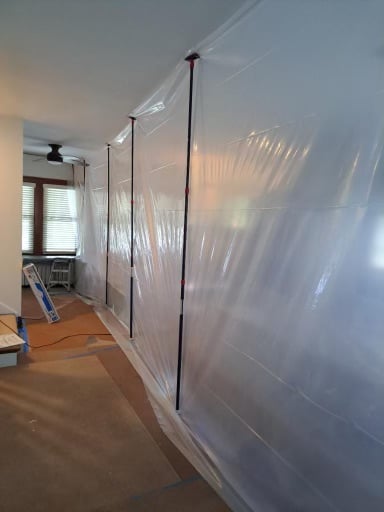
3. Plan for Temporary Living Sites
Kitchen Remodel
If you're undergoing a kitchen renovation, create a temporary kitchen by utilizing a microwave, mini fridge, crock pot, hot plates, and an instant pot. An easy way to minimize your need for cooking is to prepare meals in bulk during the weekend for easy reheating throughout the week.
Depending on the season, you can set up an outdoor kitchen with a grill and an eating area. Alternatively, you can convert a basement or wet bar into a makeshift kitchen. Options like ordering in, eating out, and using disposable plates and serving ware are also available.
Stock up on nonperishable food items, use disposable plates and utensils, order takeout, or dine out to make life easier during renovation.
Bathroom Remodel
For bathroom renovations, focus on renovating one bathroom at a time. Establish a daily bathroom schedule for each household member based on the contractor's timetable.
Consider showering at your gym after your morning workout to eliminate each household member’s need for the home shower.
Additionally, having a mobile shower caddy can help keep your family organized. Each family member can store their shower caddy in their room to eliminate clutter in the bathroom.
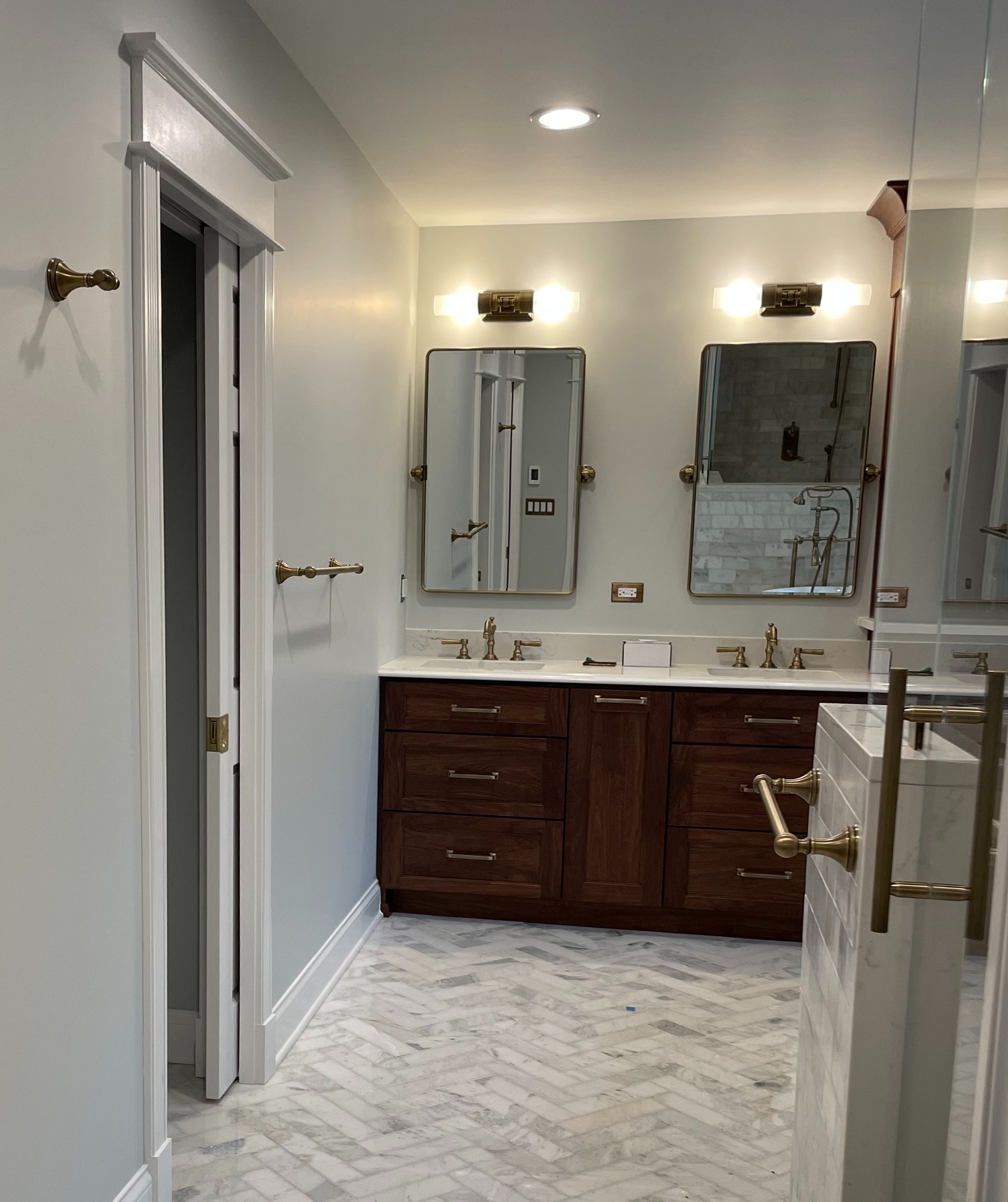
Living Room or Home Office
If you work from home, informing your contractor beforehand is important. This way, they can notify you about any particularly noisy days. If the noise is a regular occurrence, consider finding a temporary office space like a coffee shop or shared workspace. Keep in mind that demo, framing, and rough mechanicals are typically loud stages of construction. However, once insulation is installed, working from home should become more comfortable as insulation acts as a sound barrier.
4. Parking & Staging Area
When preparing for home renovation projects, it is crucial to consider parking arrangements outside your home. A dumpster and port-a-potty may need to be present on-site as part of the process. To ensure convenience, it is recommended to coordinate with your contractor and allocate specific areas for these items while reserving parking space. In certain situations, parking on the street might be necessary. If this is the case, verifying whether special permits are required is essential.
In many instances, contractors will require a minimum of half of the garage space for material storage and staging purposes. If you allocate a staging area within the garage, planning how and where you can park your car is crucial to avoid frustrations for both the construction team and homeowners.
In many instances, contractors will require a minimum of half of the garage space for material storage and staging purposes. If you allocate a staging area within the garage, planning how and where you can park your car is crucial to avoid frustrations for both the construction team and homeowners.
If you decide against providing a staging area, the alternative would be to incur additional costs for vendors to store your materials until they are needed. This may also result in delays for the project.
A reputable contractor will ensure that a porta potty is available on site for the construction team, eliminating the need for them to use the homeowner's spare bathroom.

5. Ensuring the Safety of Children, Pets & Homeowners
To ensure the safety of everyone involved and maintain a smooth construction process, it is important to designate specific work areas and traffic areas. This will help keep people safe and out of the way of the construction team and materials. It is recommended to have separate entryways for construction workers and family members to minimize disruptions.
To communicate your needs and expectations effectively, provide the contractor with your daily schedule. Doing this will help them plan their activities accordingly and ensure a seamless experience when they arrive at your home.
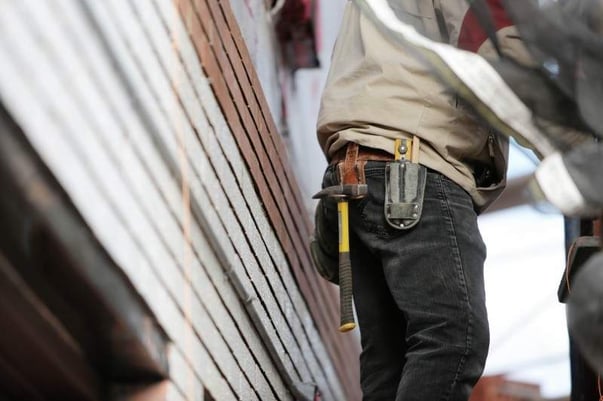 If you have children, it is advisable to repurpose rooms as play areas and establish clear boundaries to ensure their safety. Additionally, setting up temporary barriers such as gates can help keep pets and children away from the construction zone.
If you have children, it is advisable to repurpose rooms as play areas and establish clear boundaries to ensure their safety. Additionally, setting up temporary barriers such as gates can help keep pets and children away from the construction zone.
The contractor will construct a temporary wall with a door for home addition projects. This protects children, pets, and even potential intruders from entering your home and provides a visual reminder of restricted access.
To prevent any inconvenience or stress for your pets, it is essential to inform the construction team about their usual roaming areas, hangout spots, feeding locations, and preferred bathroom spots. This will help ensure that their access is allowed and that they are not unnecessarily stressed during construction.
For the safety of your kids and to set clear boundaries, it's a good idea to ask the contractor to take your children on a supervised tour of the construction site. This will help them understand the potential dangers and stay safe while still getting the opportunity to see the exciting activity.
A reputable contractor will have thoroughly vetted employees and subcontractors with background checks who can be trusted to work in your home even when you are absent.
6. Get Out!
To protect your mental health, taking breaks from your home during renovations and getting out of the house regularly is important. Shift your mindset to one of excitement and adventure, and try to embrace the disruption rather than fighting it.
Spend time outdoors, dine at restaurants, and go on a vacation.
If your loved ones live nearby, kindly request them to invite you over to escape the chaos caused by the construction work regularly. If you have access to an RV or a guest house, consider staying in it during the most disruptive phases of the project, or create a simple retreat instead of planning a trip.
7. Partner with the RIGHT Contractor - It’s a Relationship, not a Transaction
Collaborating with a design-build general contractor goes beyond a mere transaction. It's a bond, much like any relationship, where it's crucial to promptly notify a reliable contractor if something isn't right or you're dissatisfied rather than delaying. By communicating promptly, the contractor can swiftly resolve the problem and prevent it from escalating.
During the renovation process, it is not uncommon for the project's appearance to seem unusual or unfamiliar. Instead of jumping to conclusions, asking your contractor questions when something is concerning is advisable. The intermediate stages of work can be confusing and may not look attractive, so it is better to seek clarification before making any complaints or requesting changes. It is beneficial to communicate your concerns to the contractor early on so that they can help you navigate any challenges that may arise during the project.
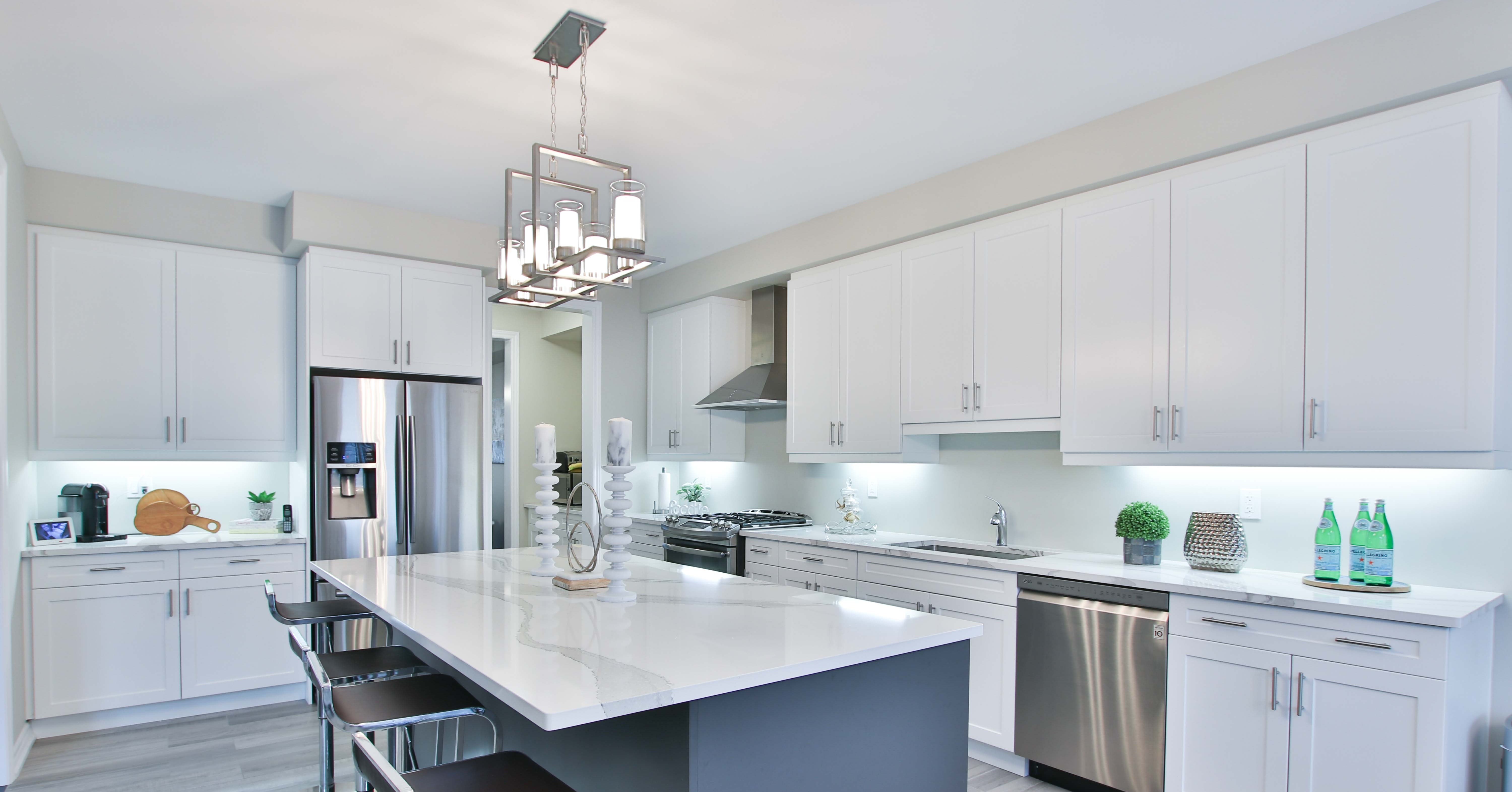
Top Tips for Choosing the Right General Contractor
When choosing a design-build general contractor, opt for someone with experience working with homeowners who reside in their house while renovating. To avoid potential liabilities, ensure that the contractor is licensed, bonded, and insured in case of accidents or injuries.
Acquiring the necessary permits is essential as it brings in an impartial third party to inspect the work and ensure compliance with building codes for safety.
A reputable contractor will ensure their construction team cleans up after each day, sweeping the floors and putting away tools. They may even do additional cleaning before the weekends, considering homeowners tend to be more present during that time.
A reputable contractor will make every effort to complete the work promptly, allowing you to resume your regular routine. Selecting a reliable contractor who can provide you with a clear timeline is crucial. Opting for a contractor who maintains open lines of communication is of utmost importance.
Finding a contractor with established networks of trustworthy trade partners, subcontractors, and tradespeople is advisable to ensure the project stays on schedule. Additionally, working with a contractor with their own field team grants them better control over the project timeline than relying solely on subcontractors who the contractor does not directly employ.
Realistic Expectations, Open Communication, and Reliable Design-Build Contractors
When opting to reside on-site while undergoing a home renovation, it is crucial to have realistic expectations, maintain open communication, and select a reliable design-build contractor who values your honesty and transparency throughout the entire project.
Learn how you can revamp your living space with the assistance of a design-build contractor who offers transparent communication, reliable craftsmanship, and realistic project outcomes. Download the eBook "The Ultimate Step-by-Step Home Renovation Transformation Guide" to gain valuable insights.

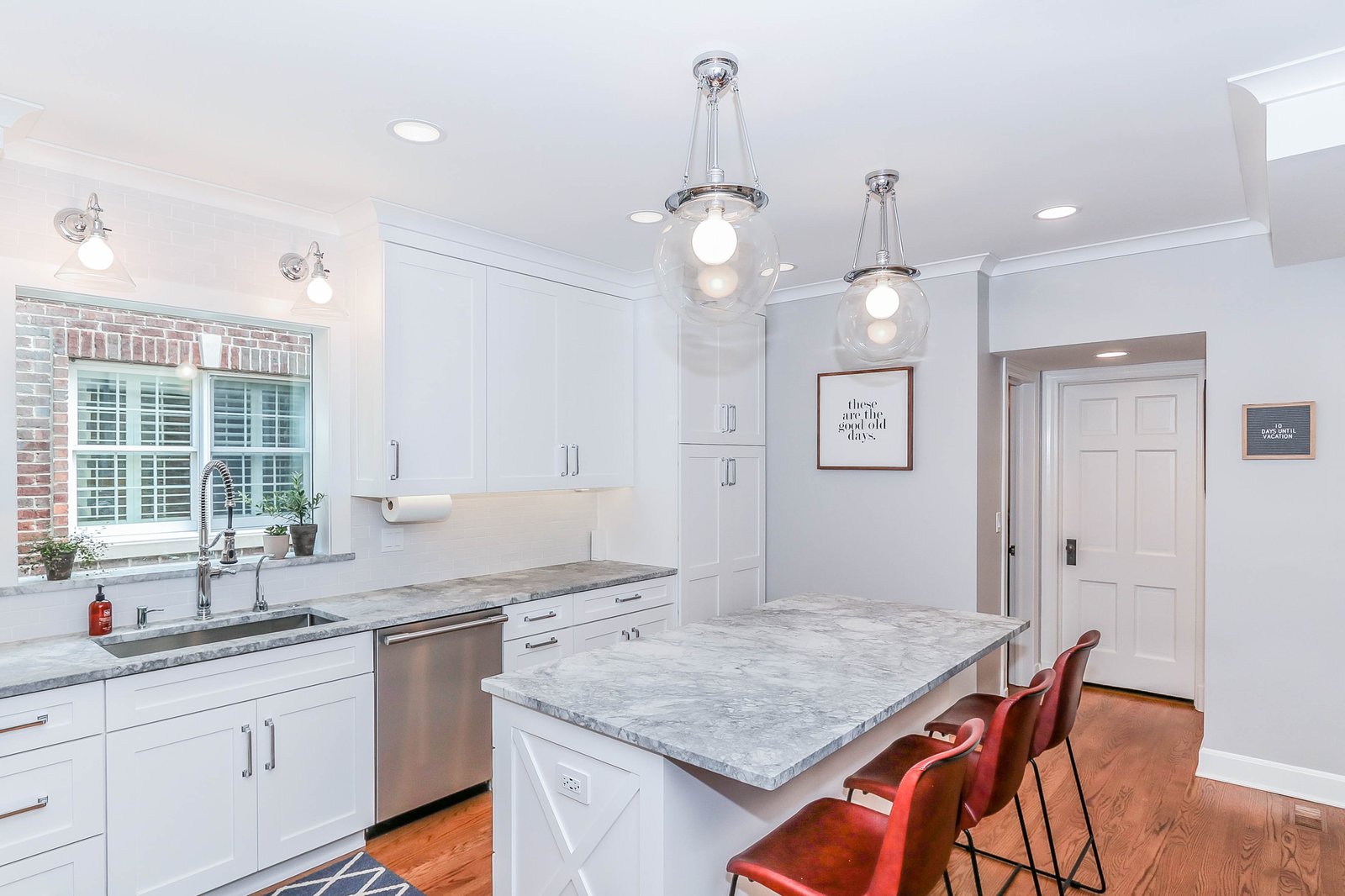
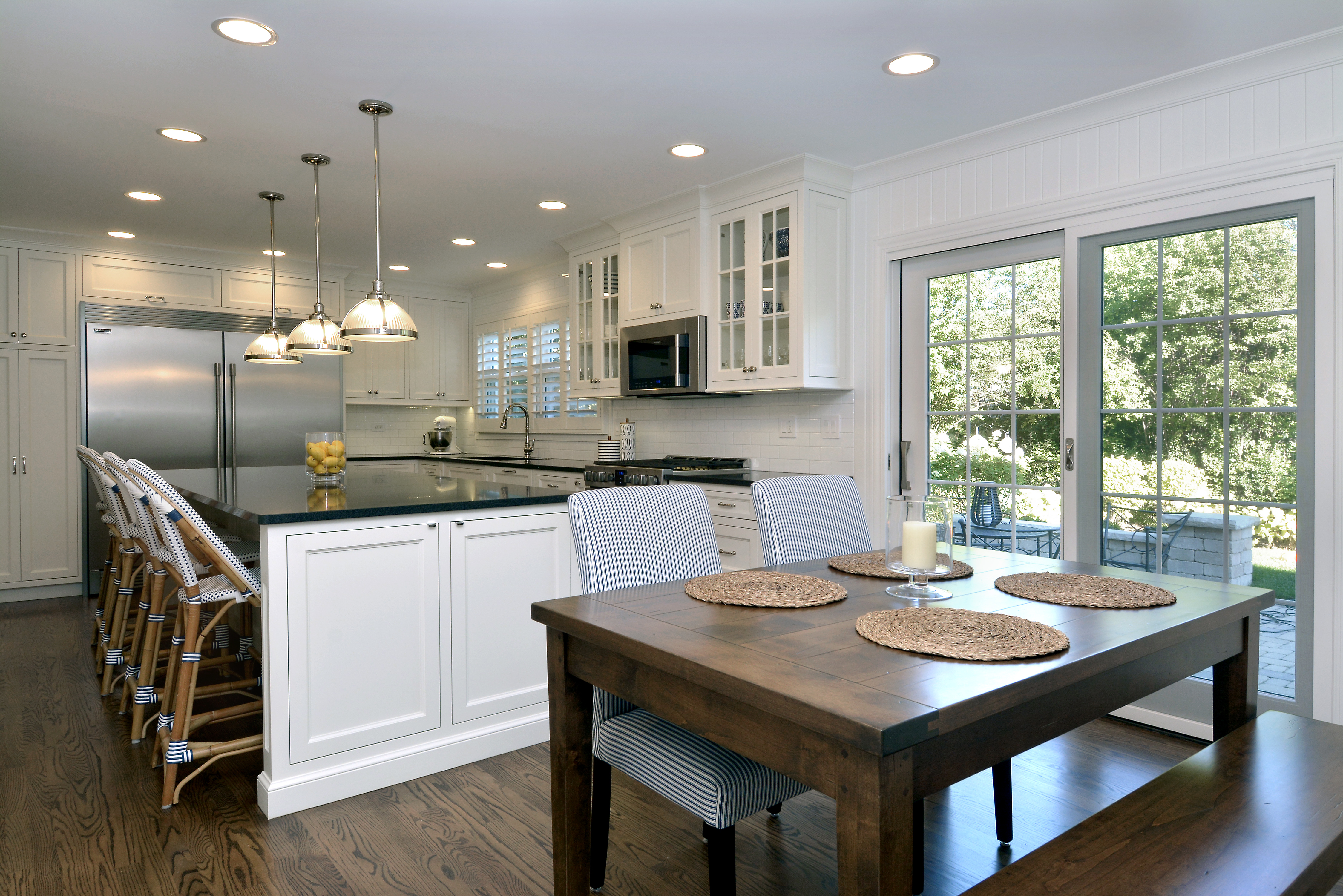
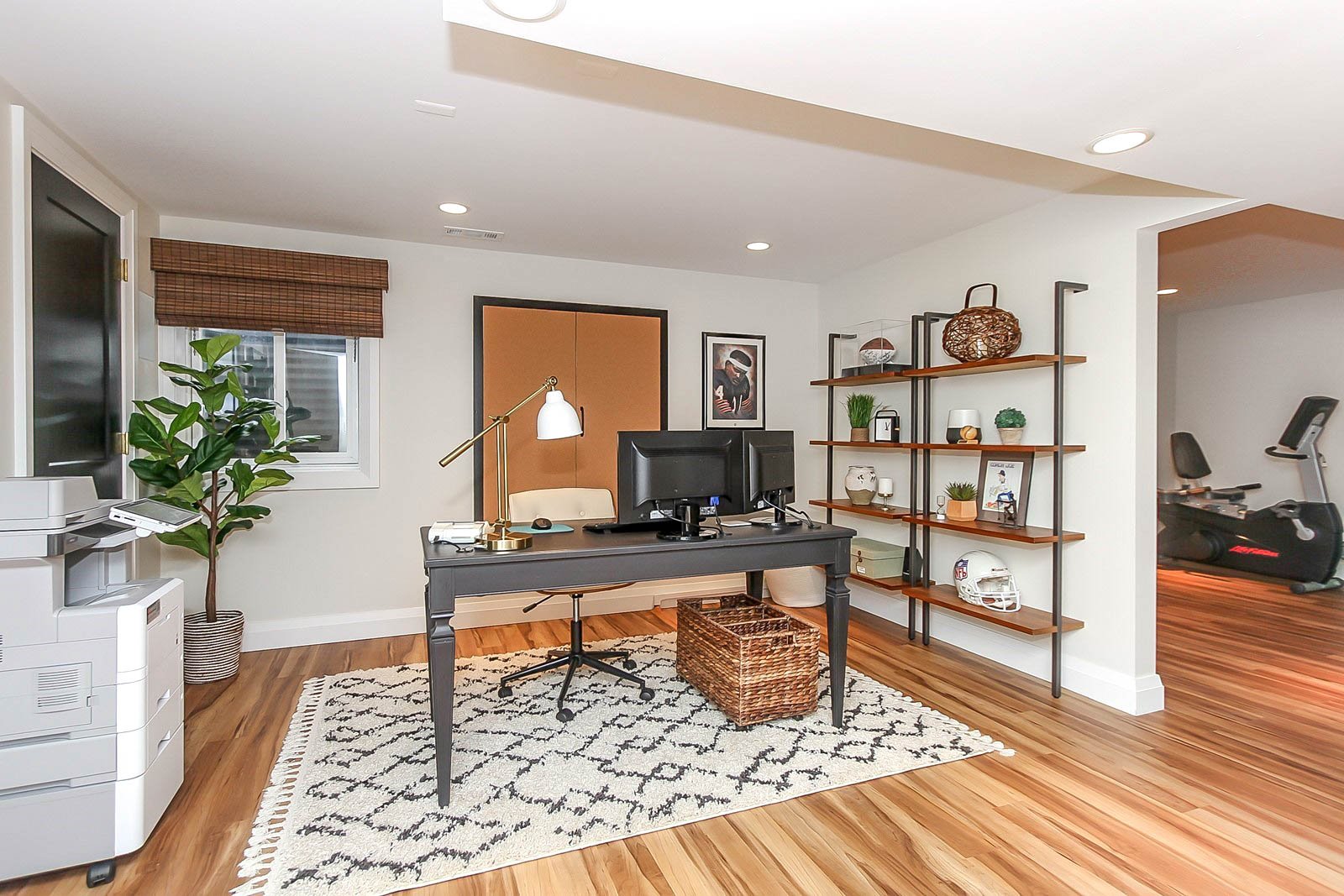
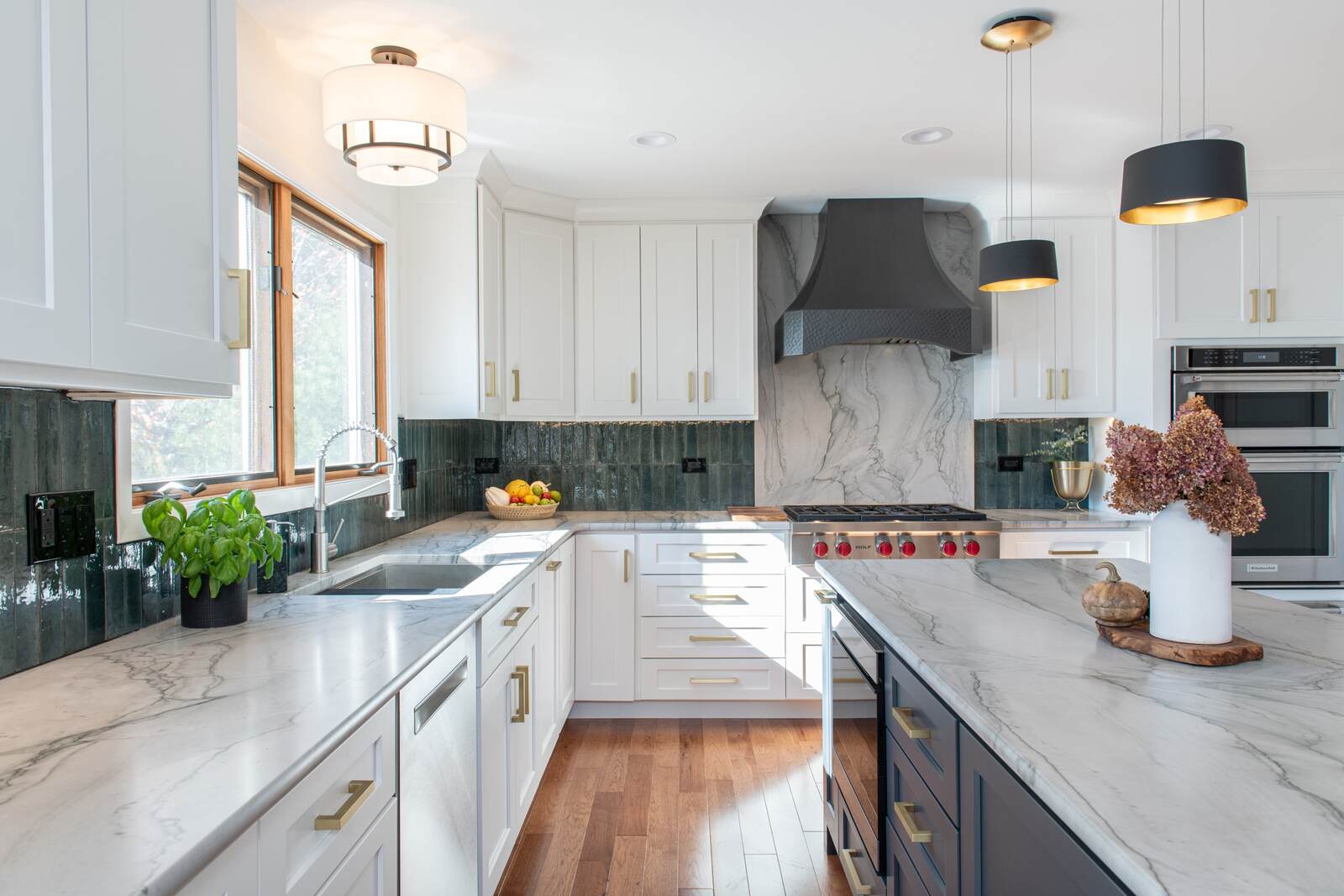

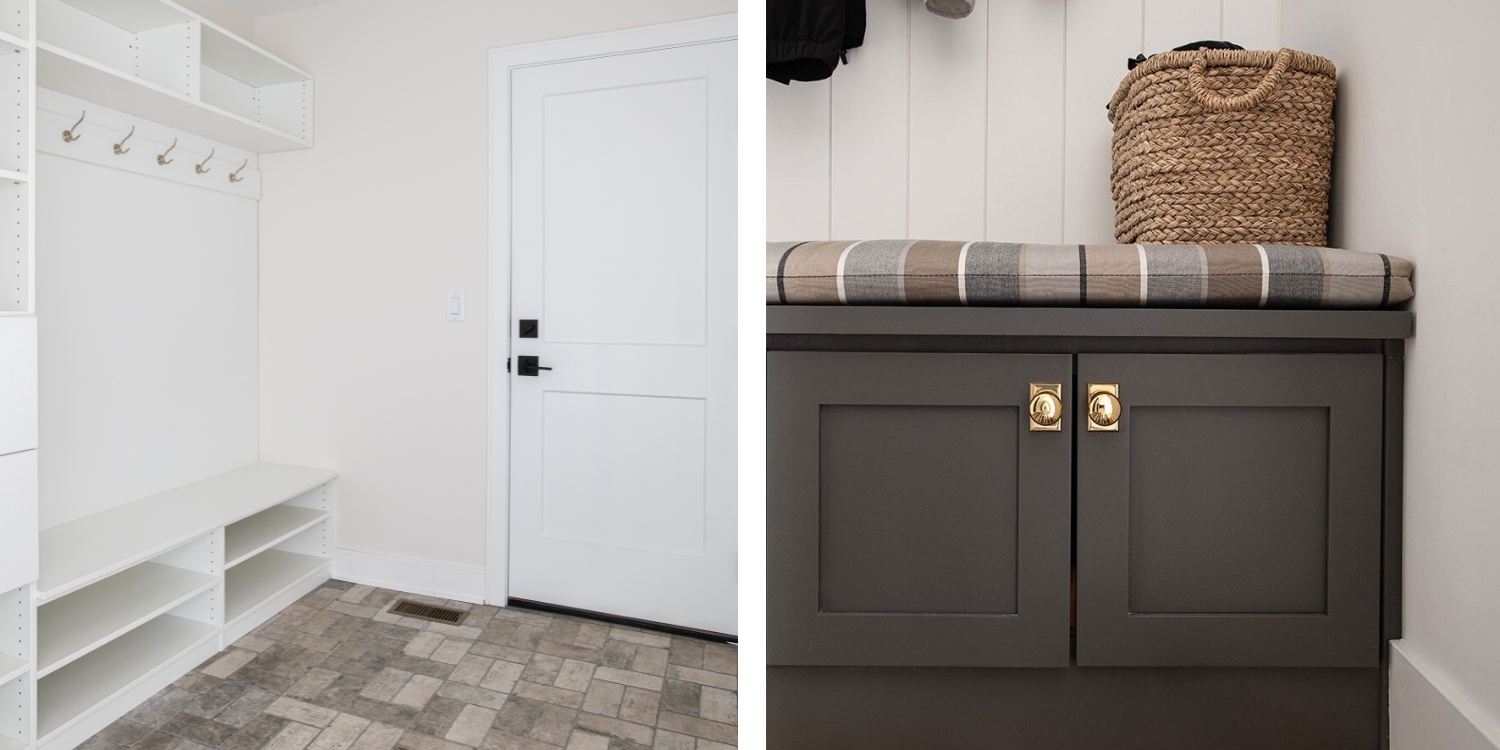

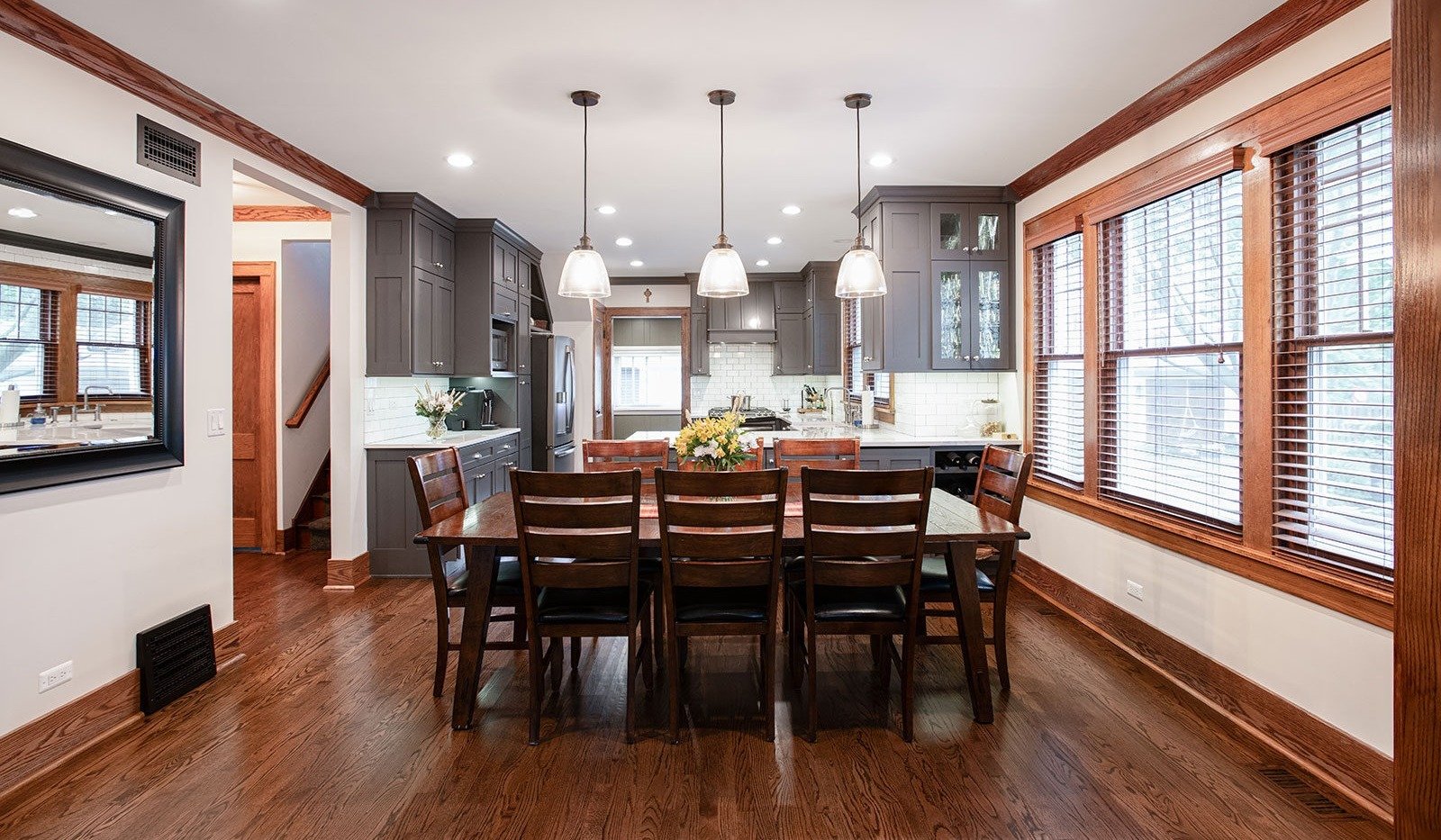

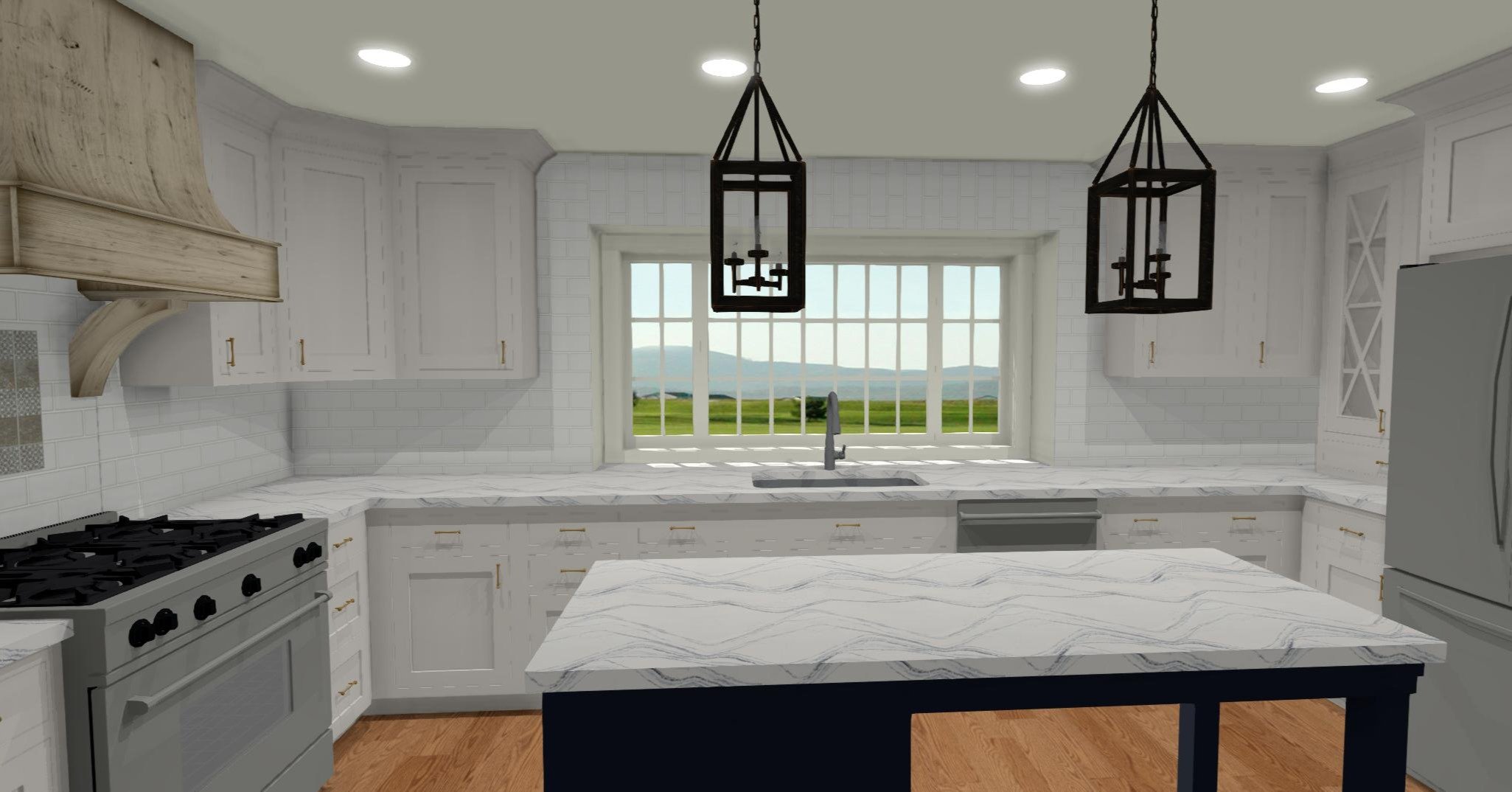
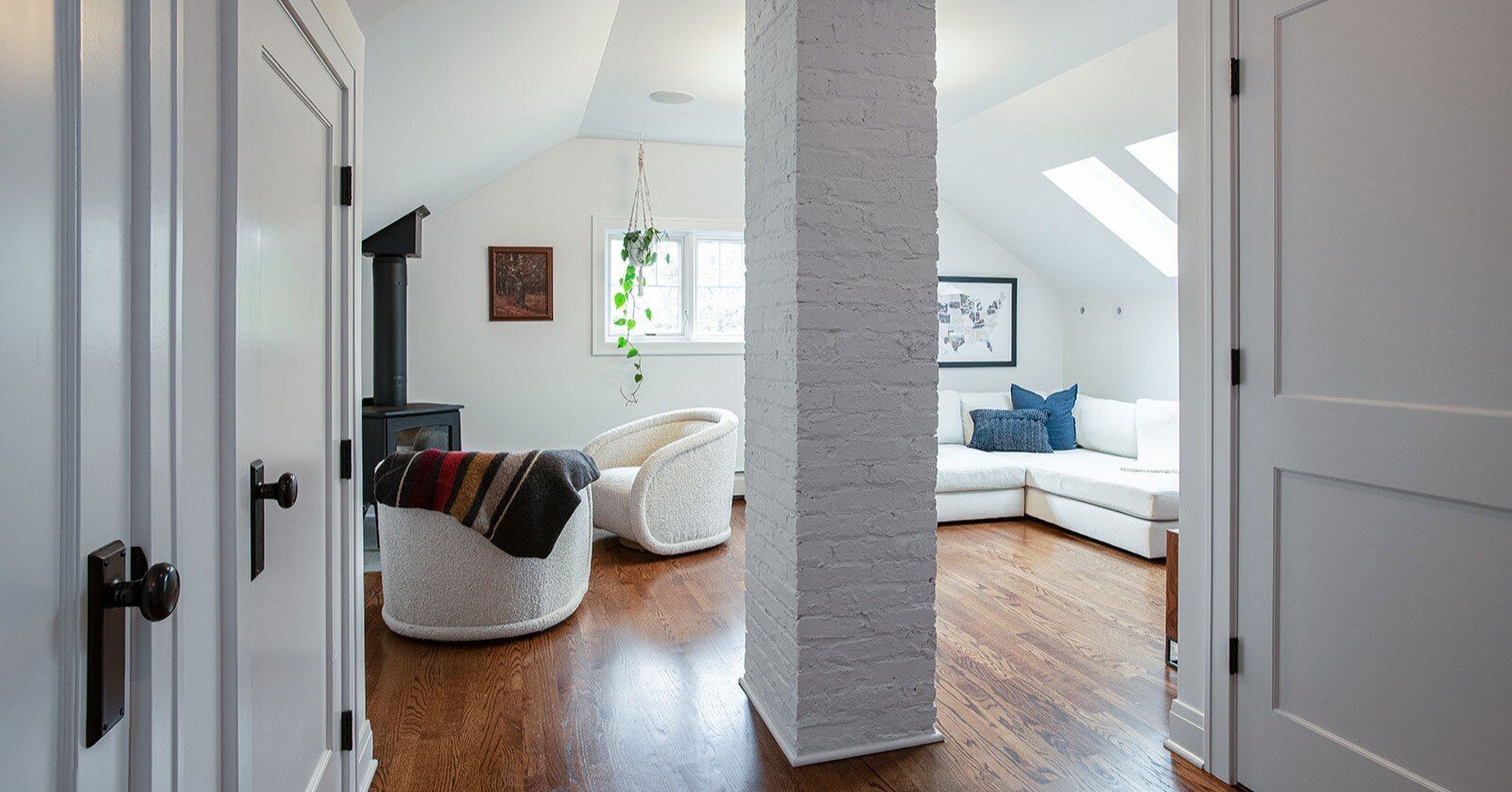
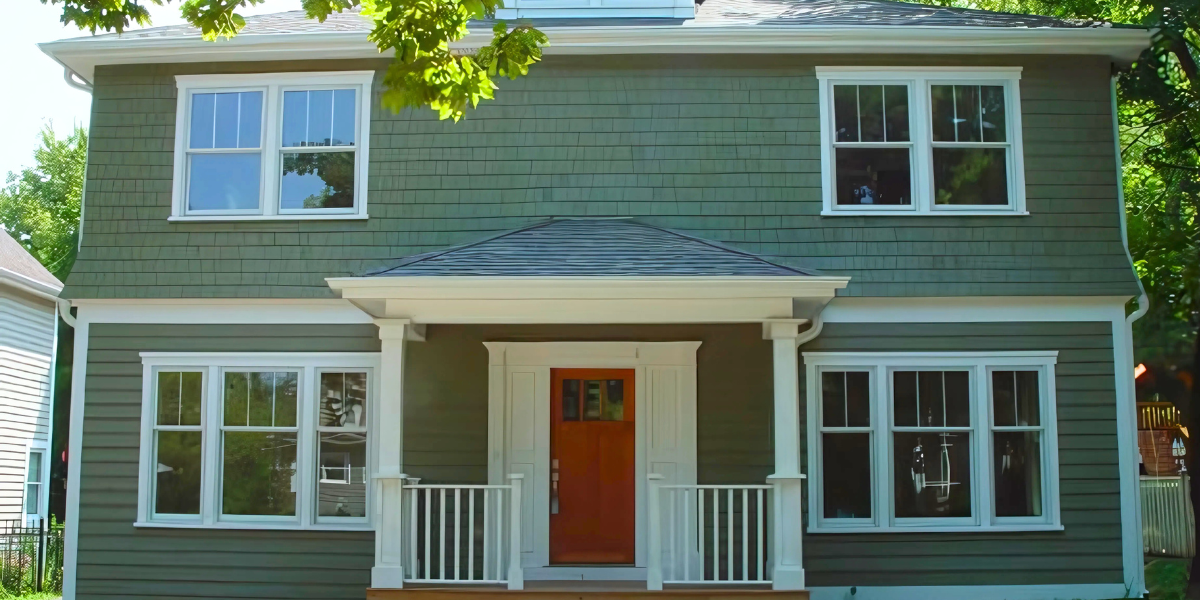
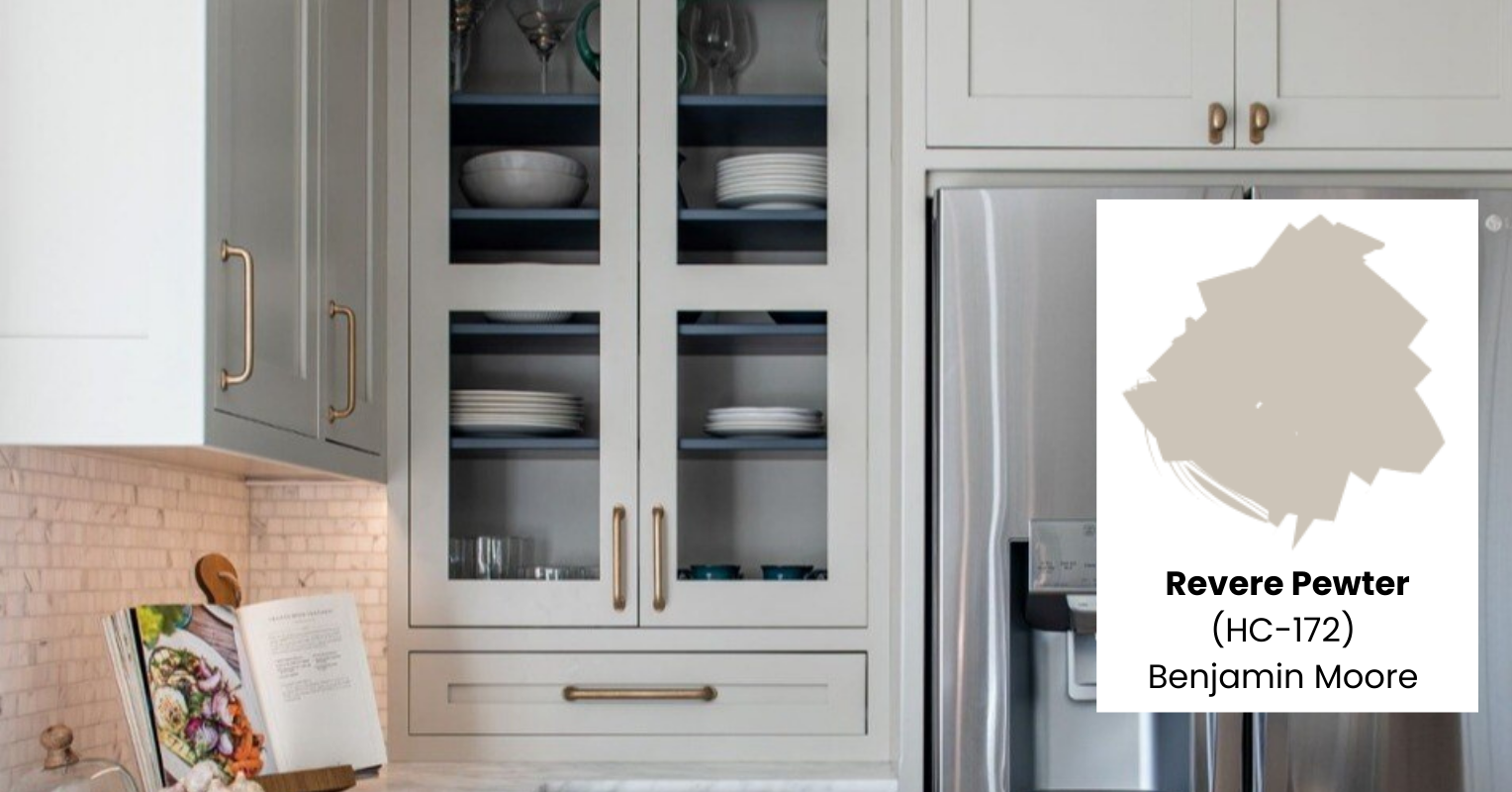
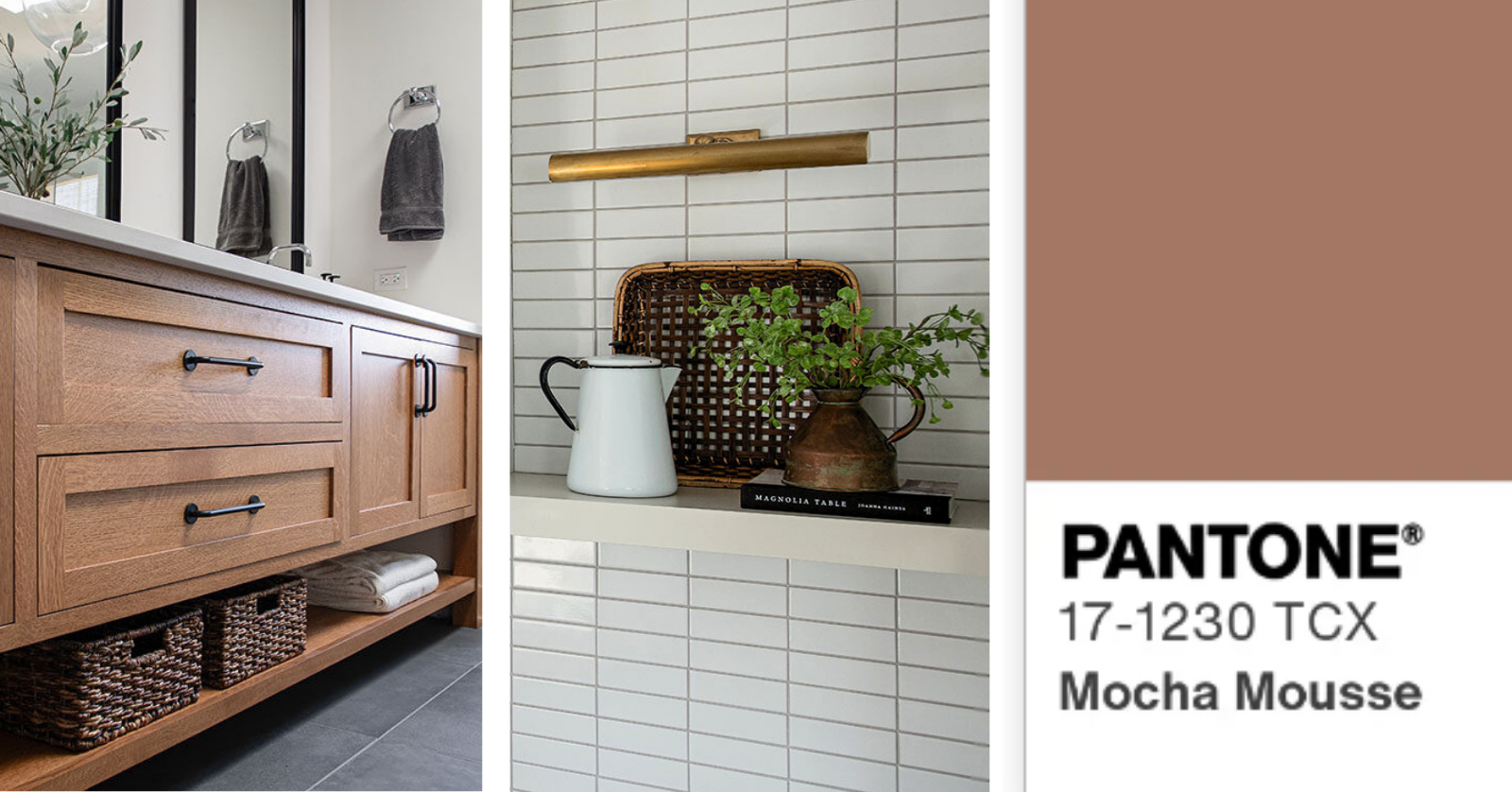
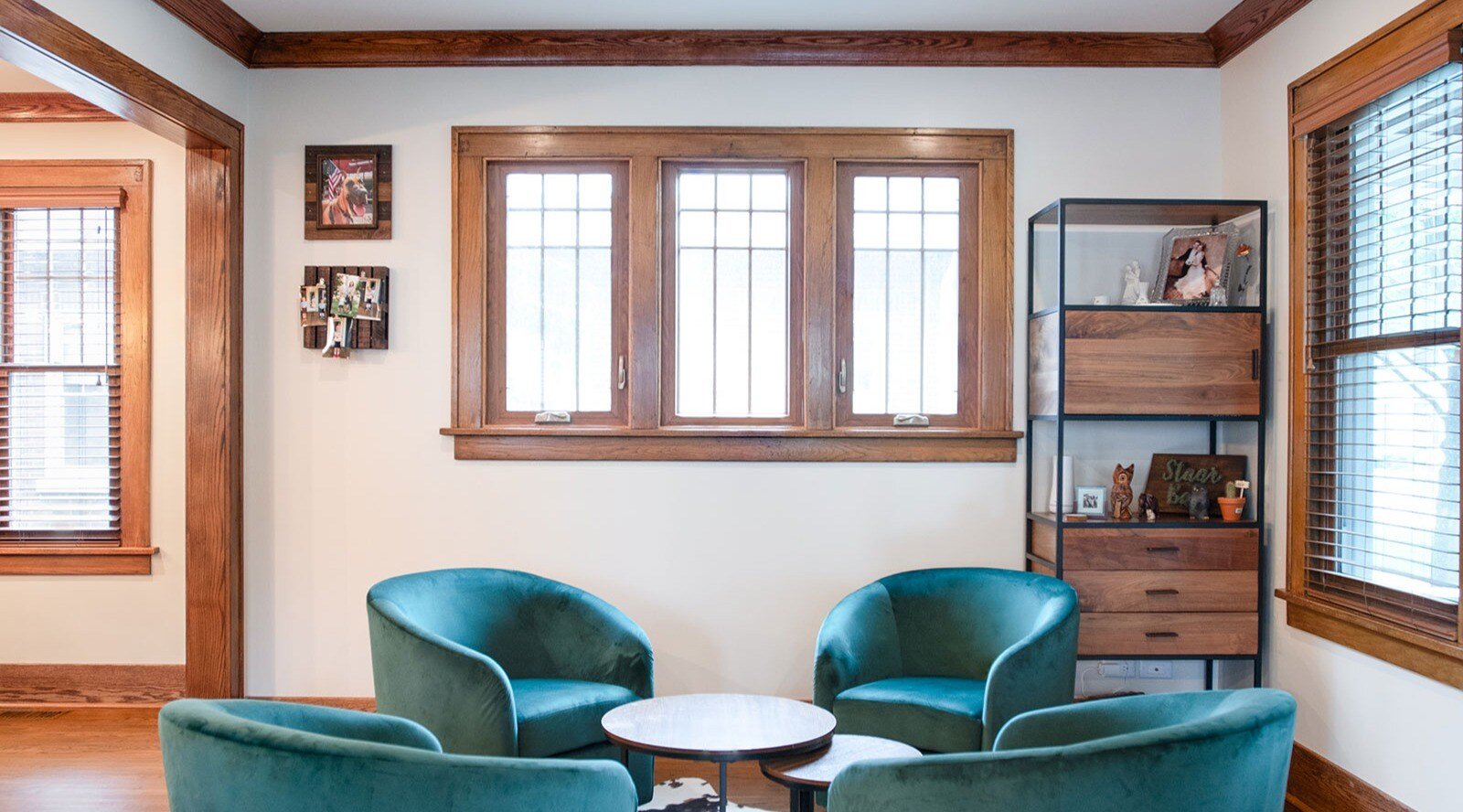


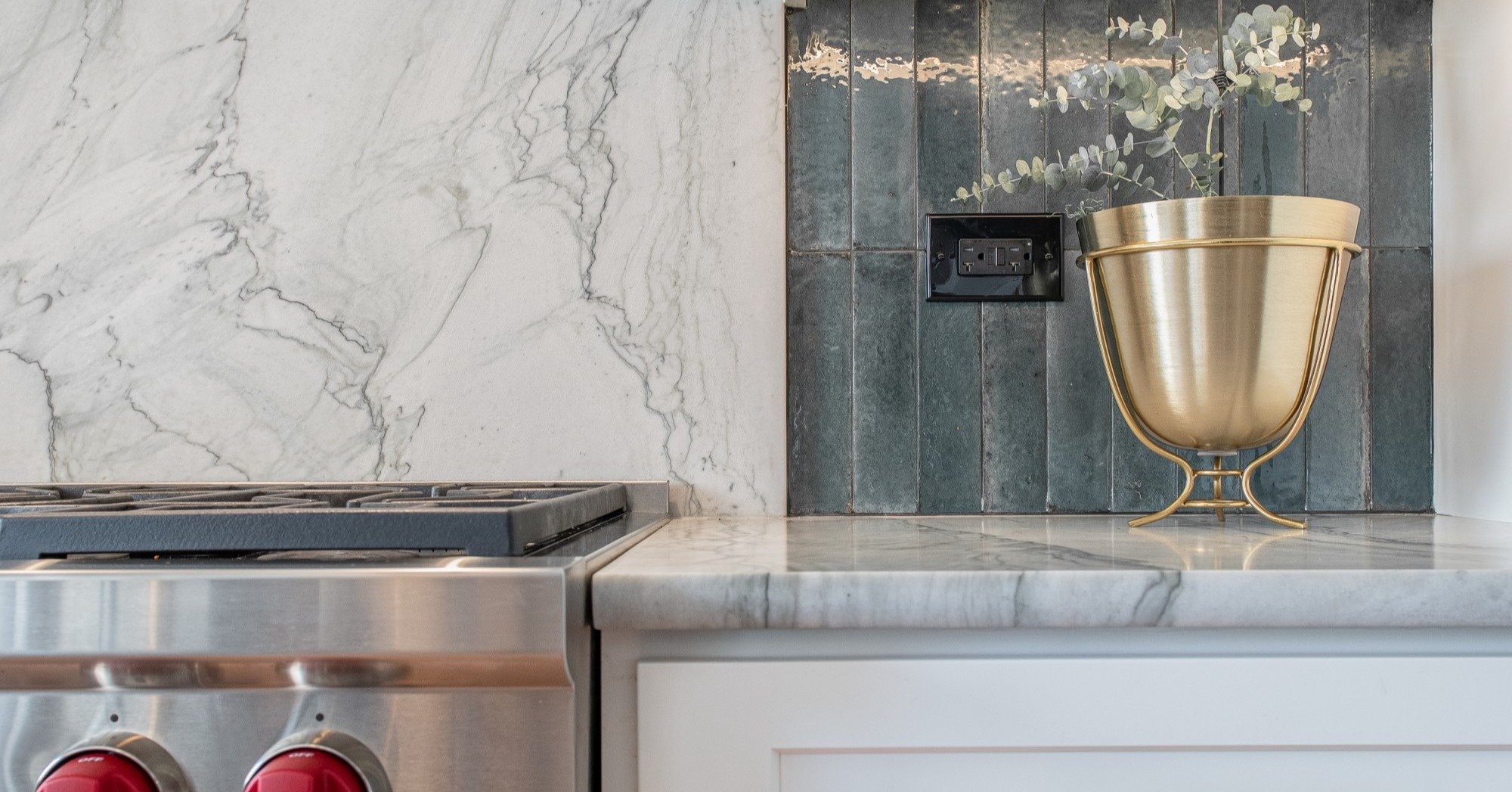
![How to Design an Open Floor Plan for Entertaining: Key Considerations [+Tips]](https://www.patrickafinn.com/hubfs/images/portfolio/Transitional%20First%20Floor%20Renovation/Arlington-heights-open-floor-concept-1.jpeg)
